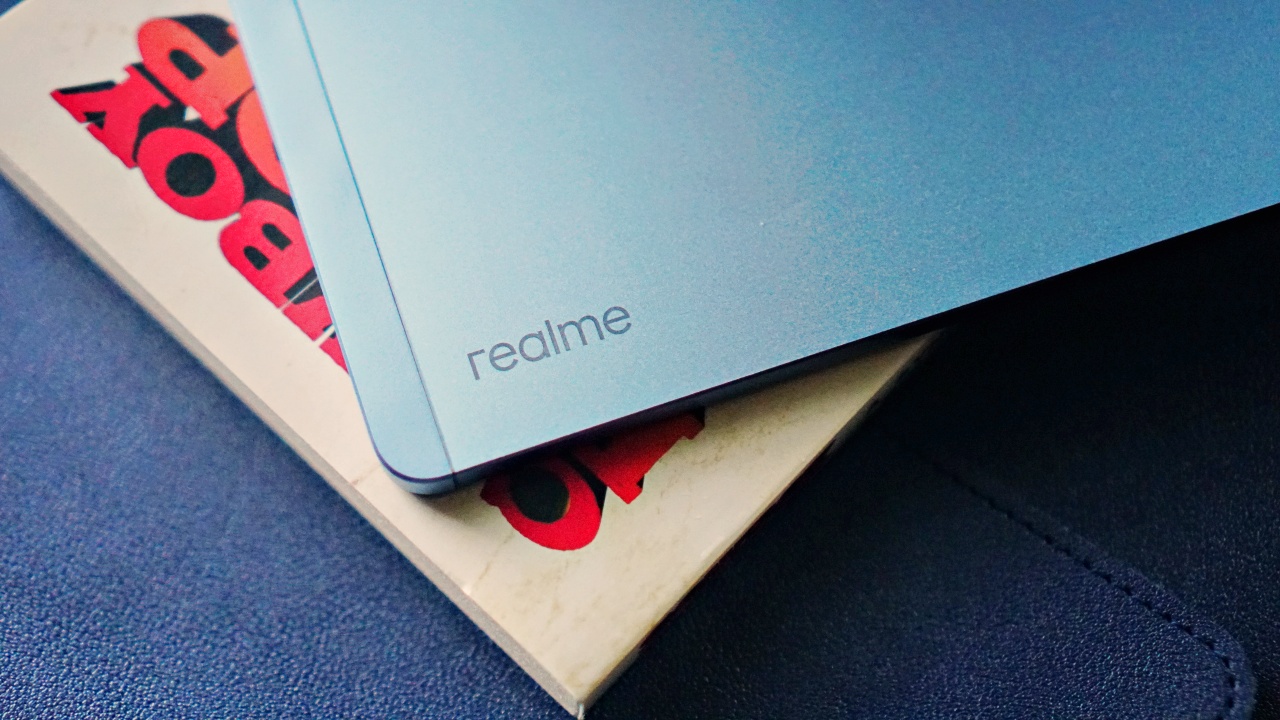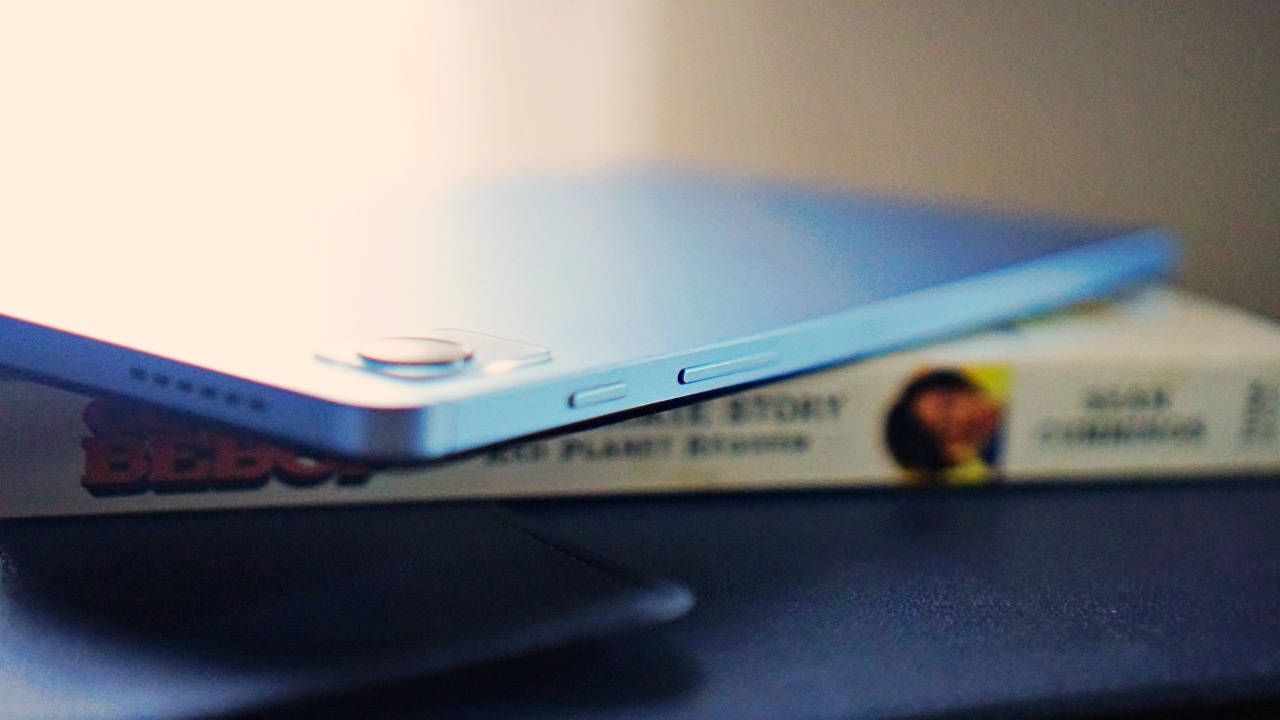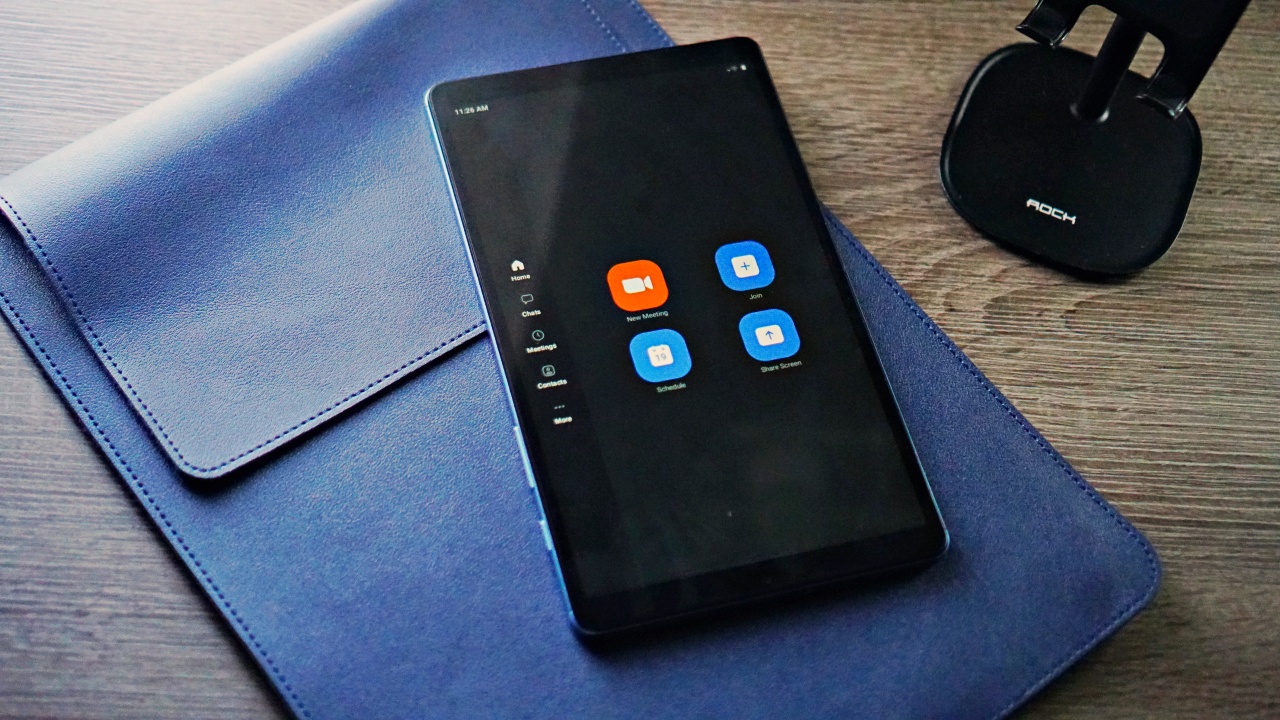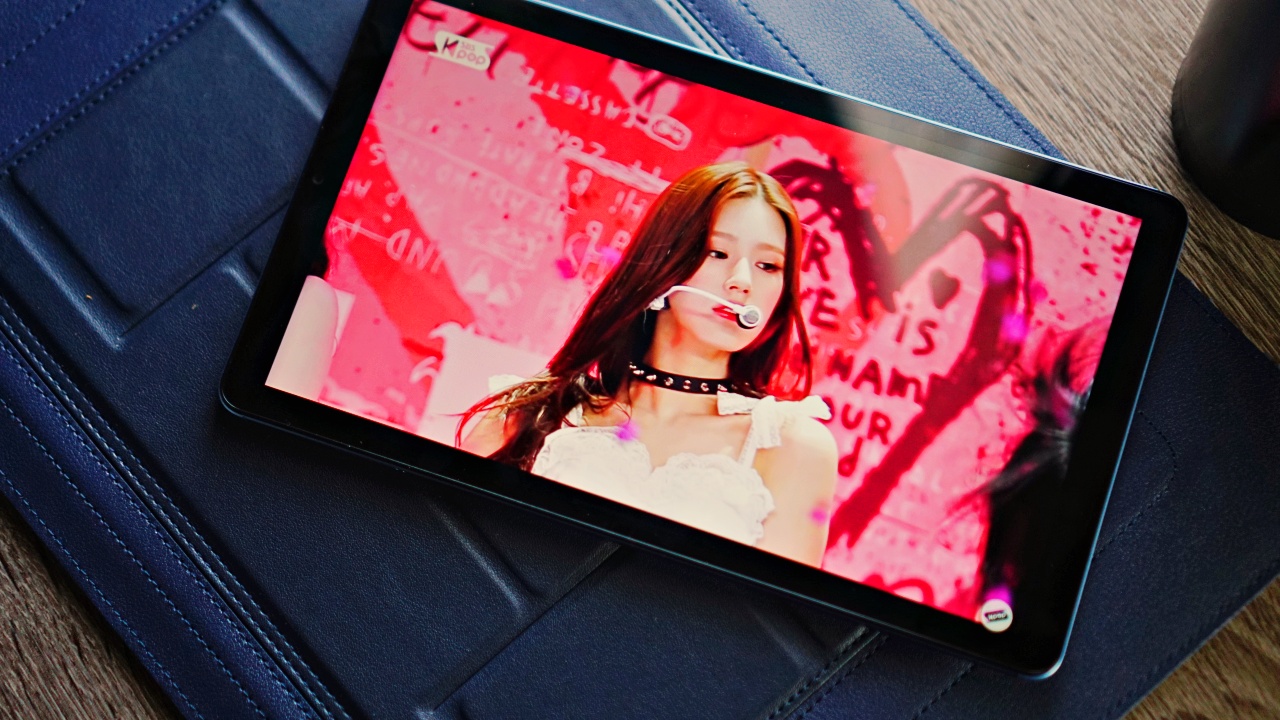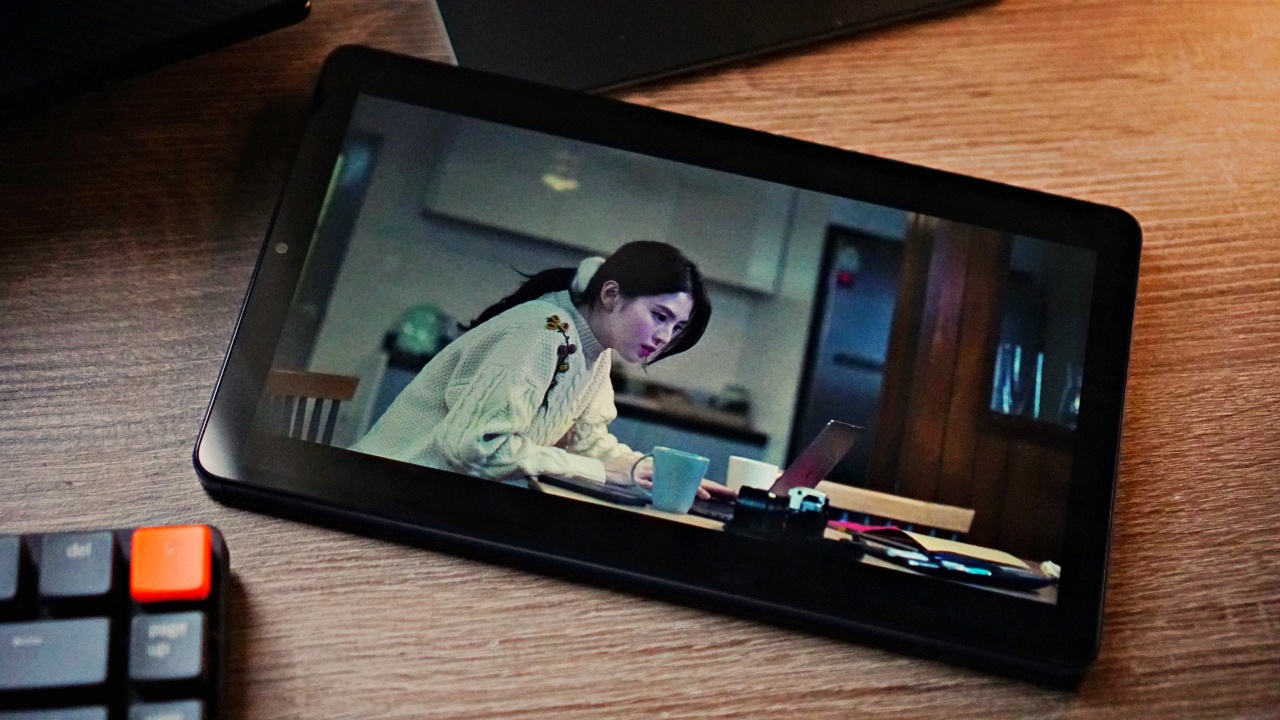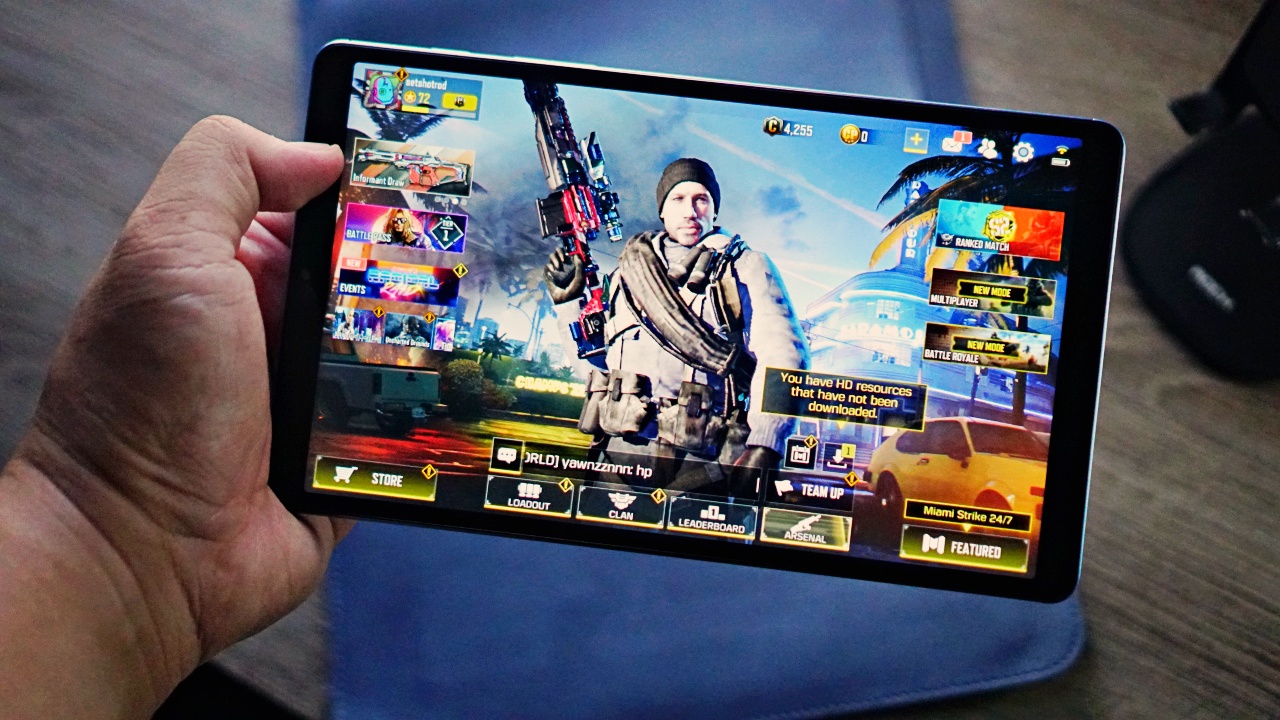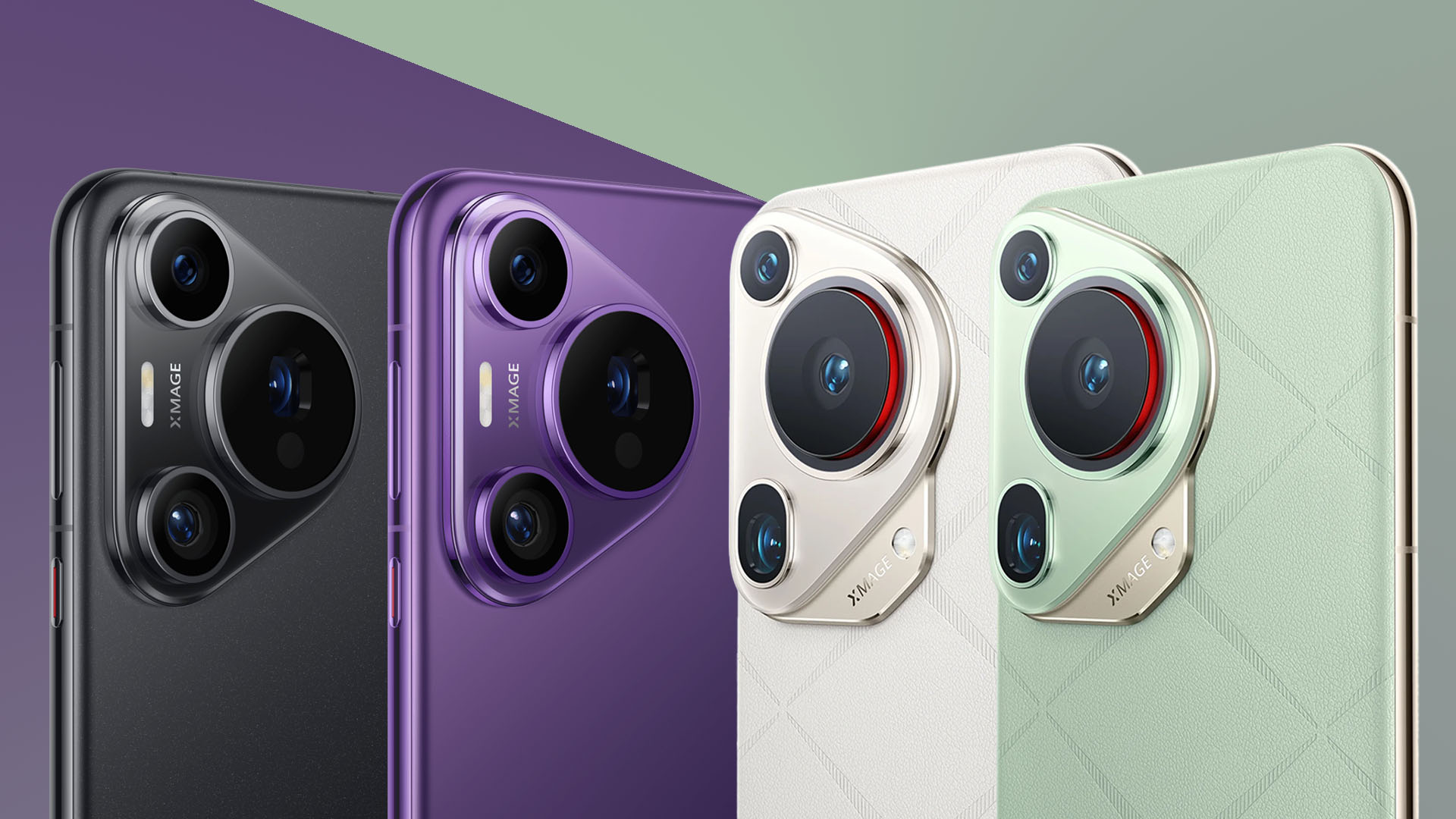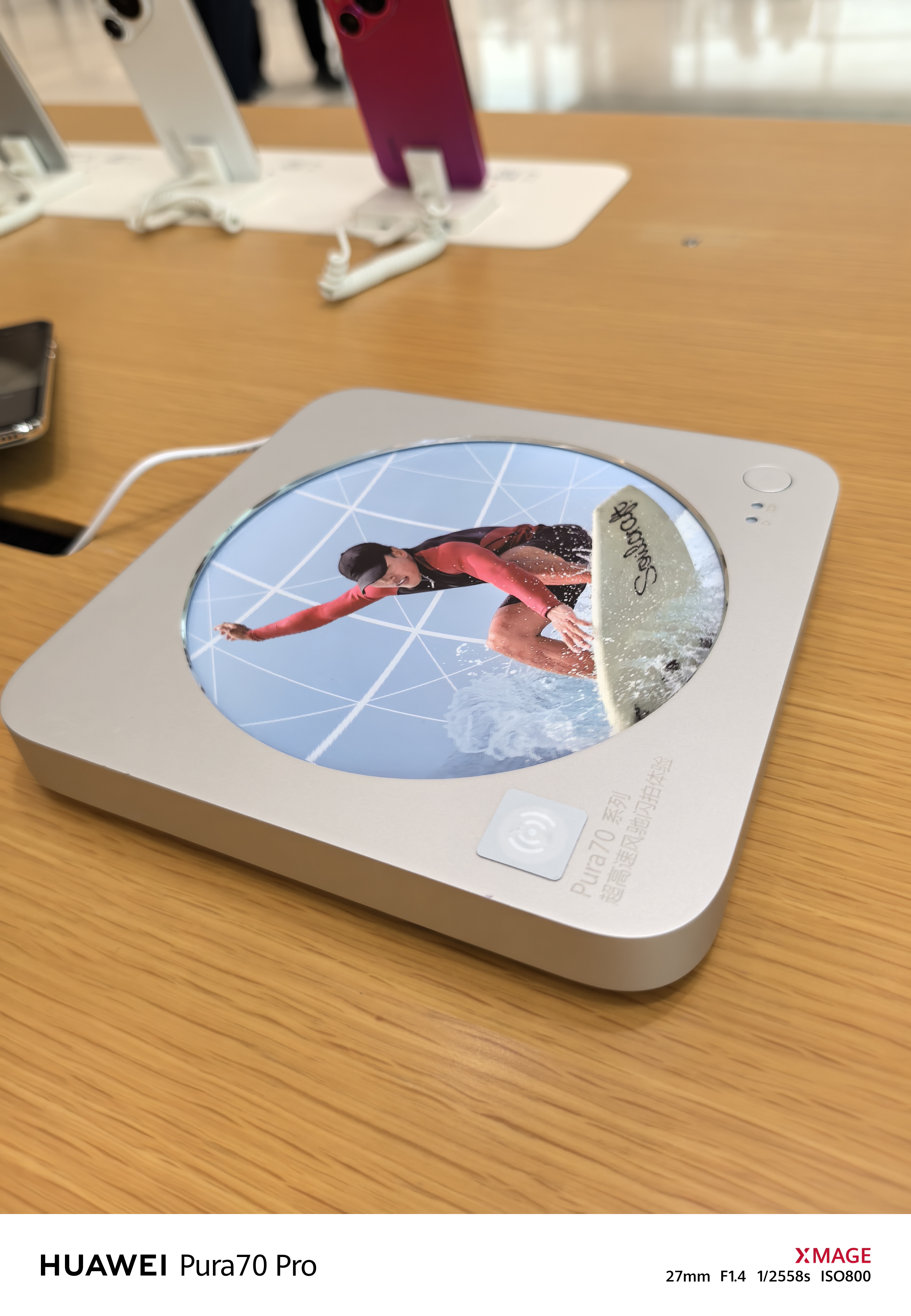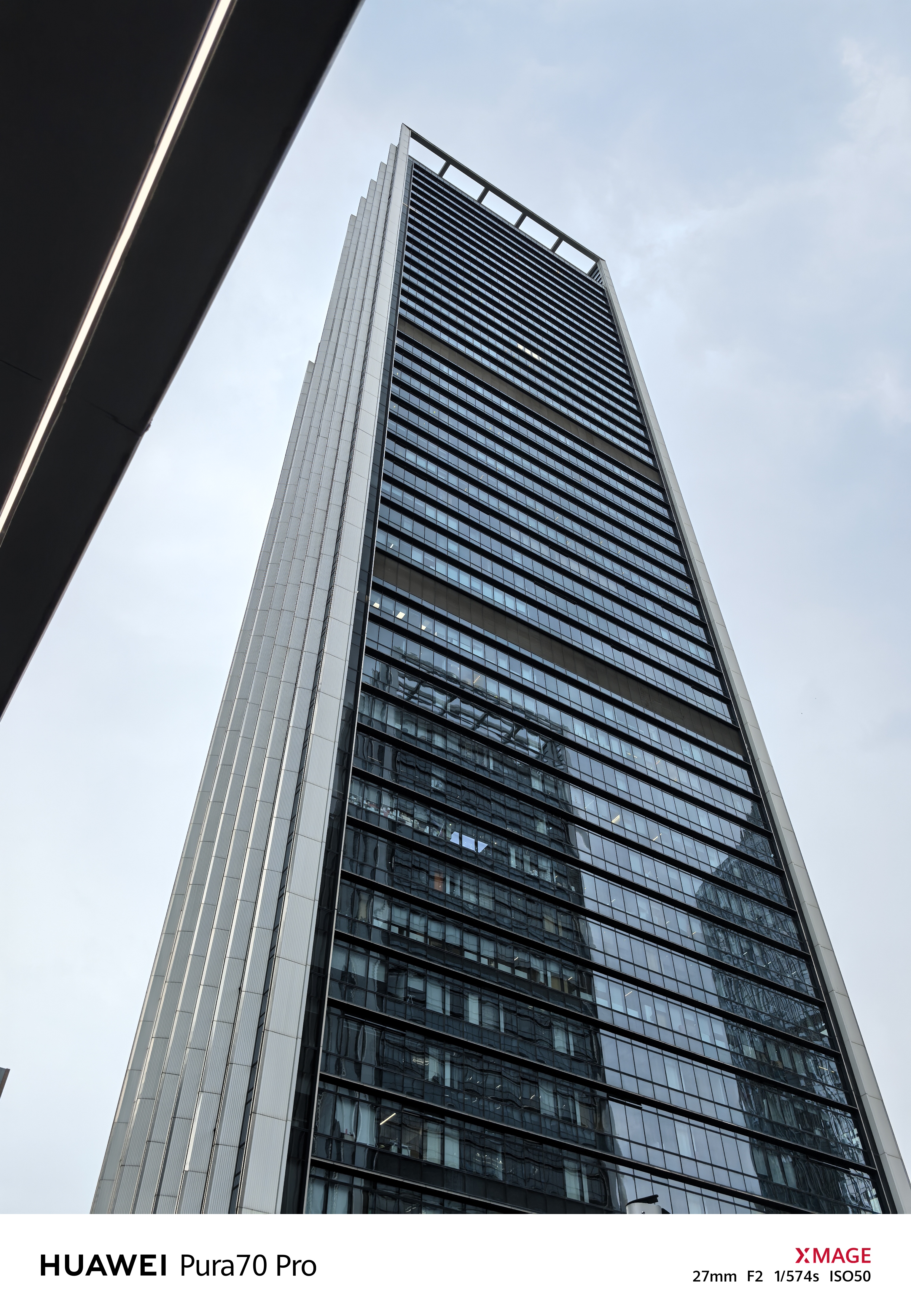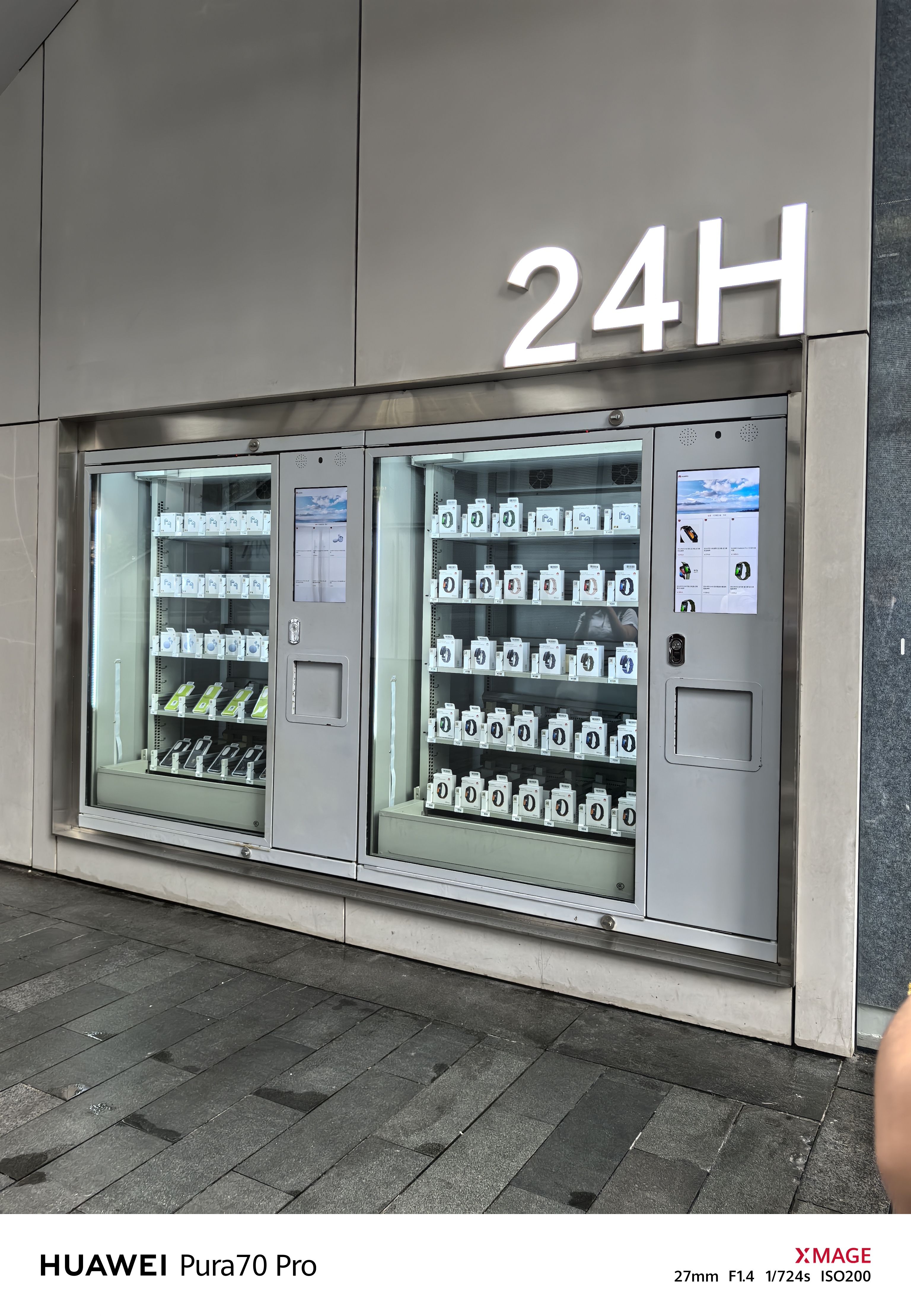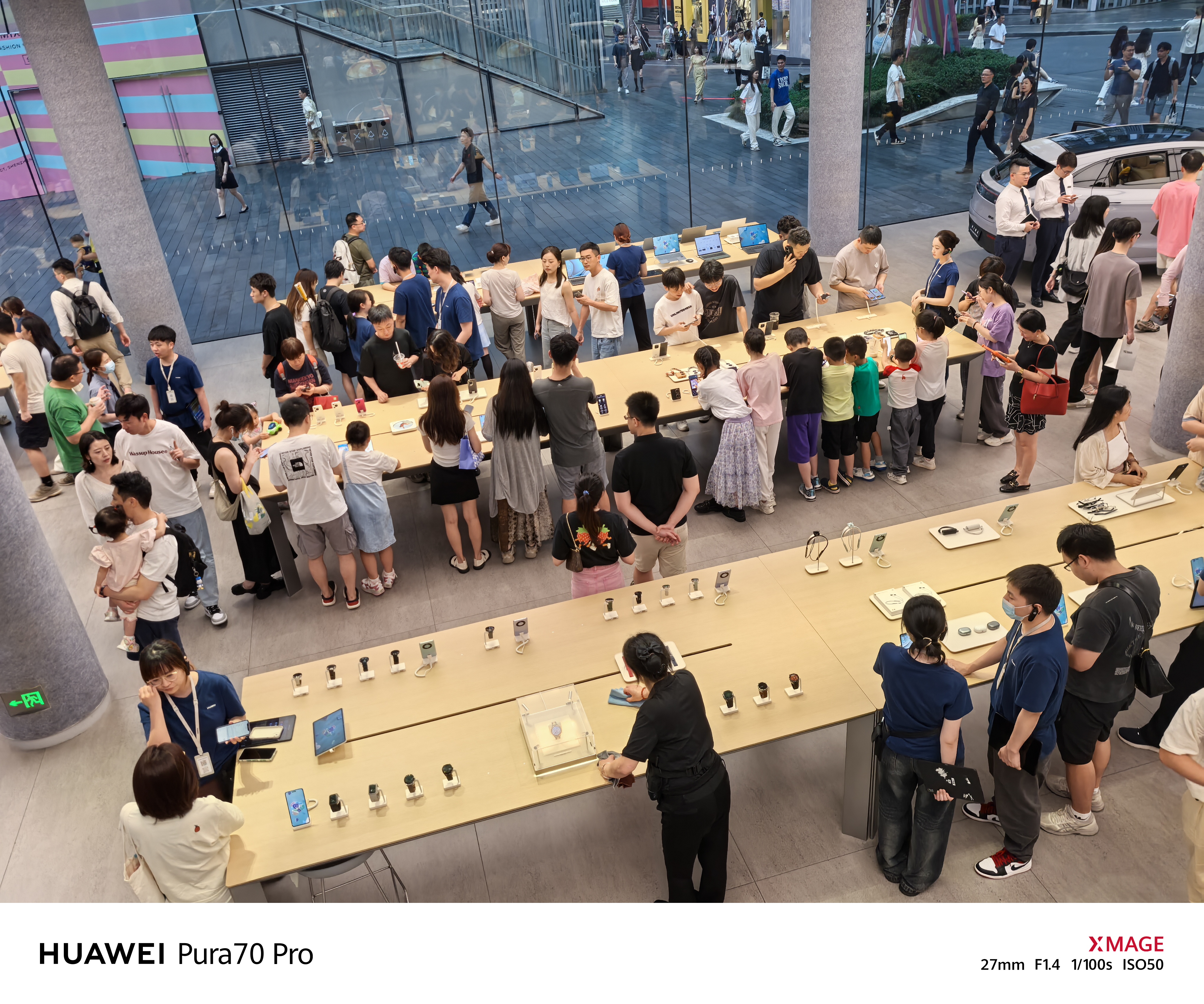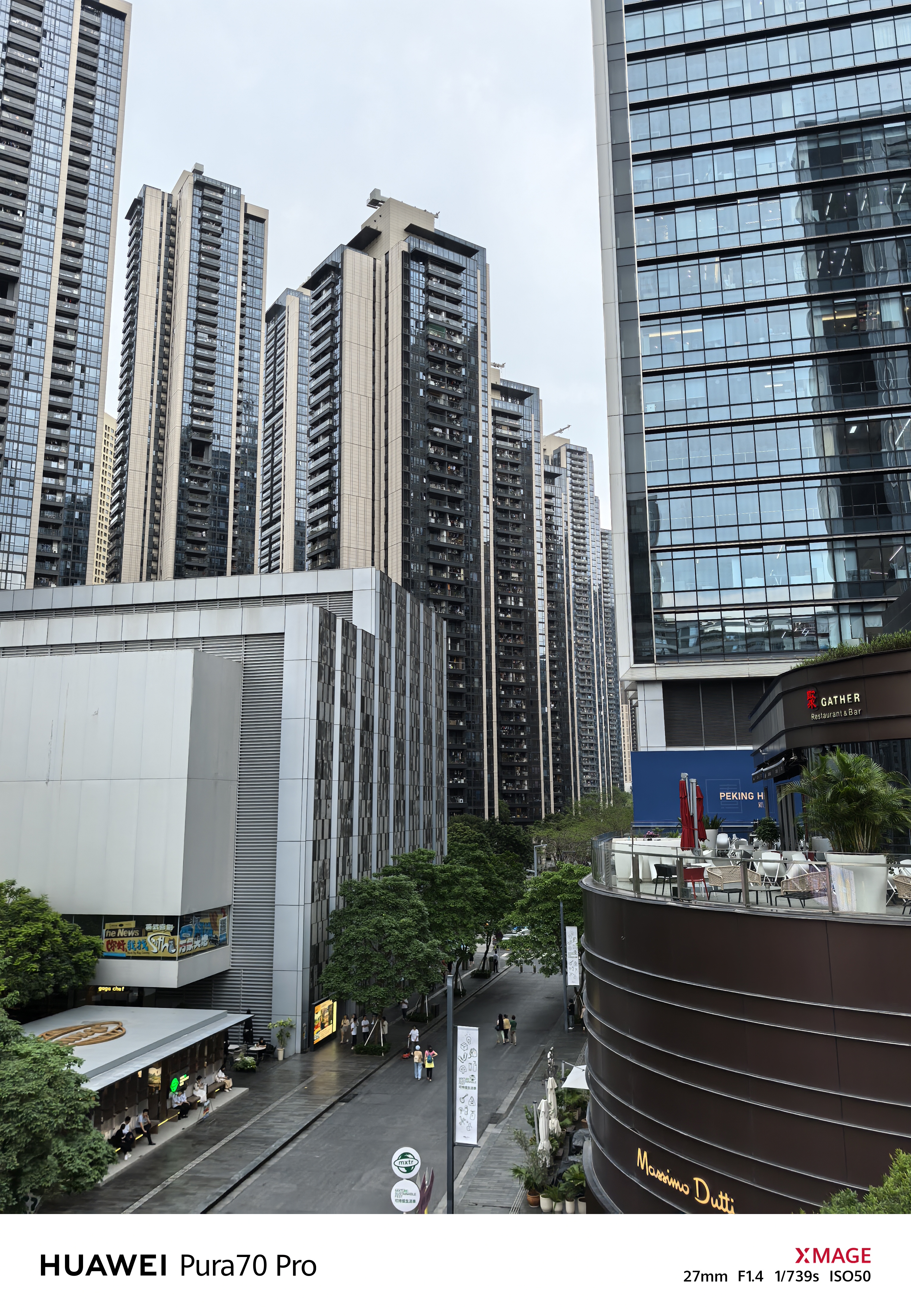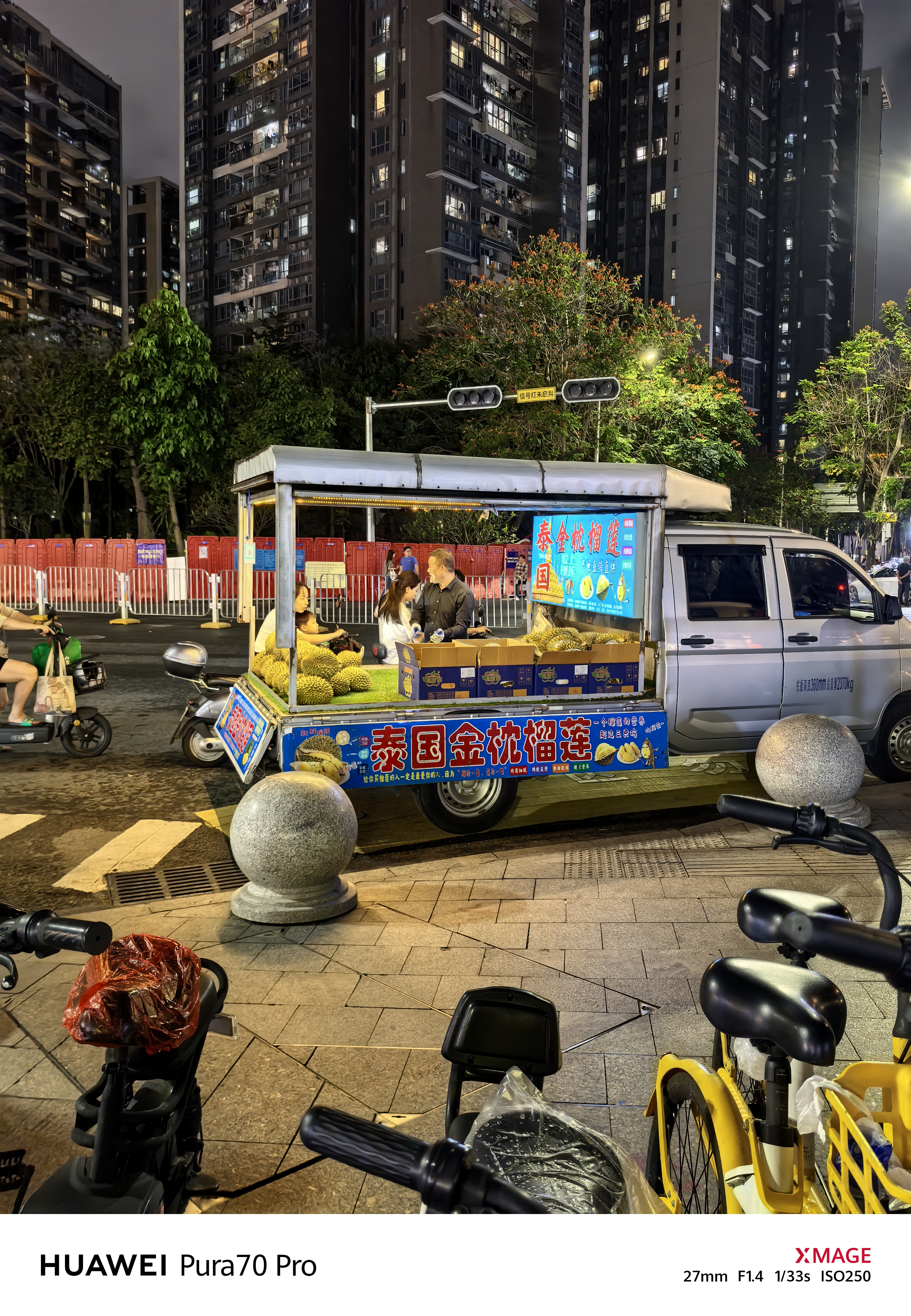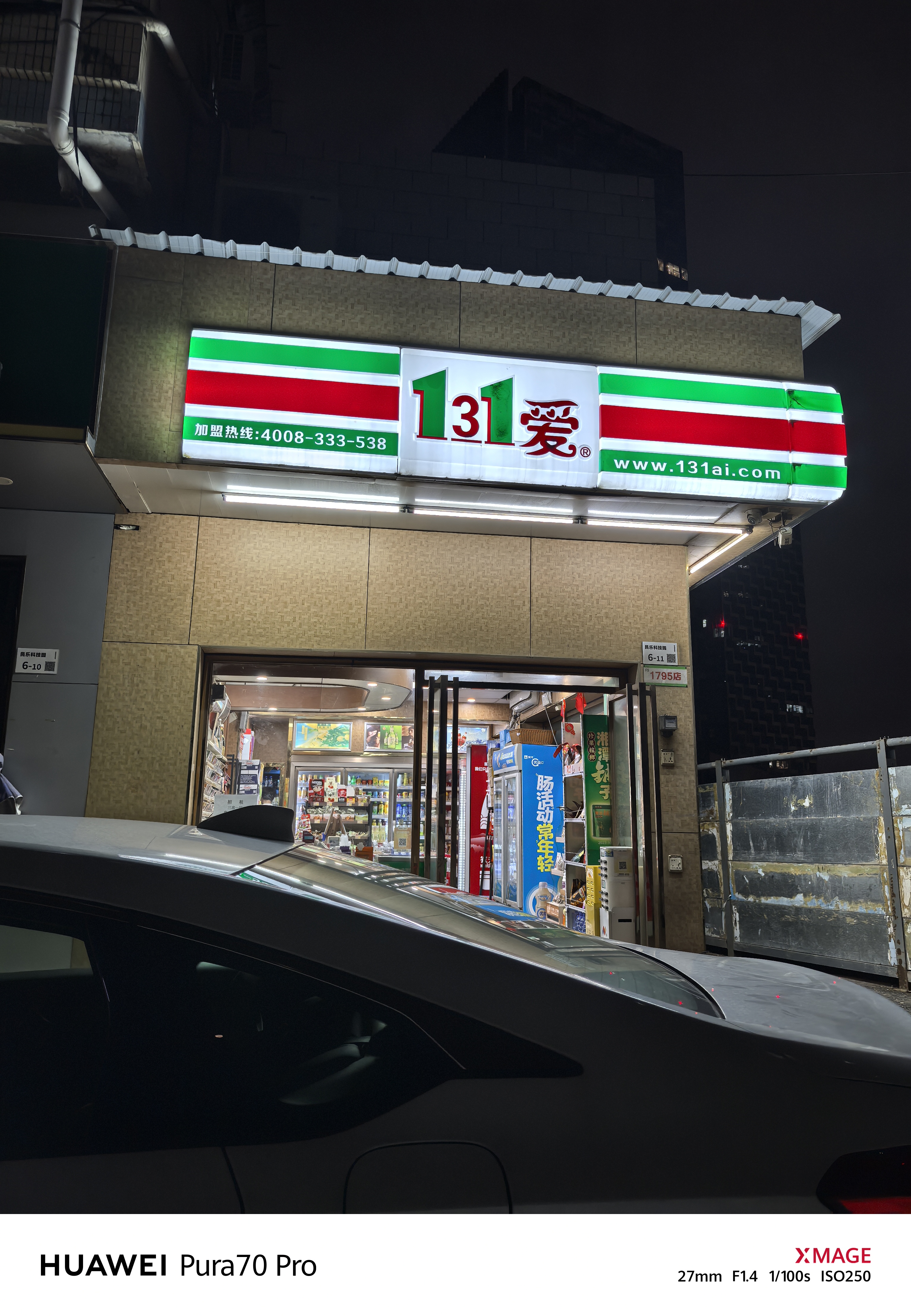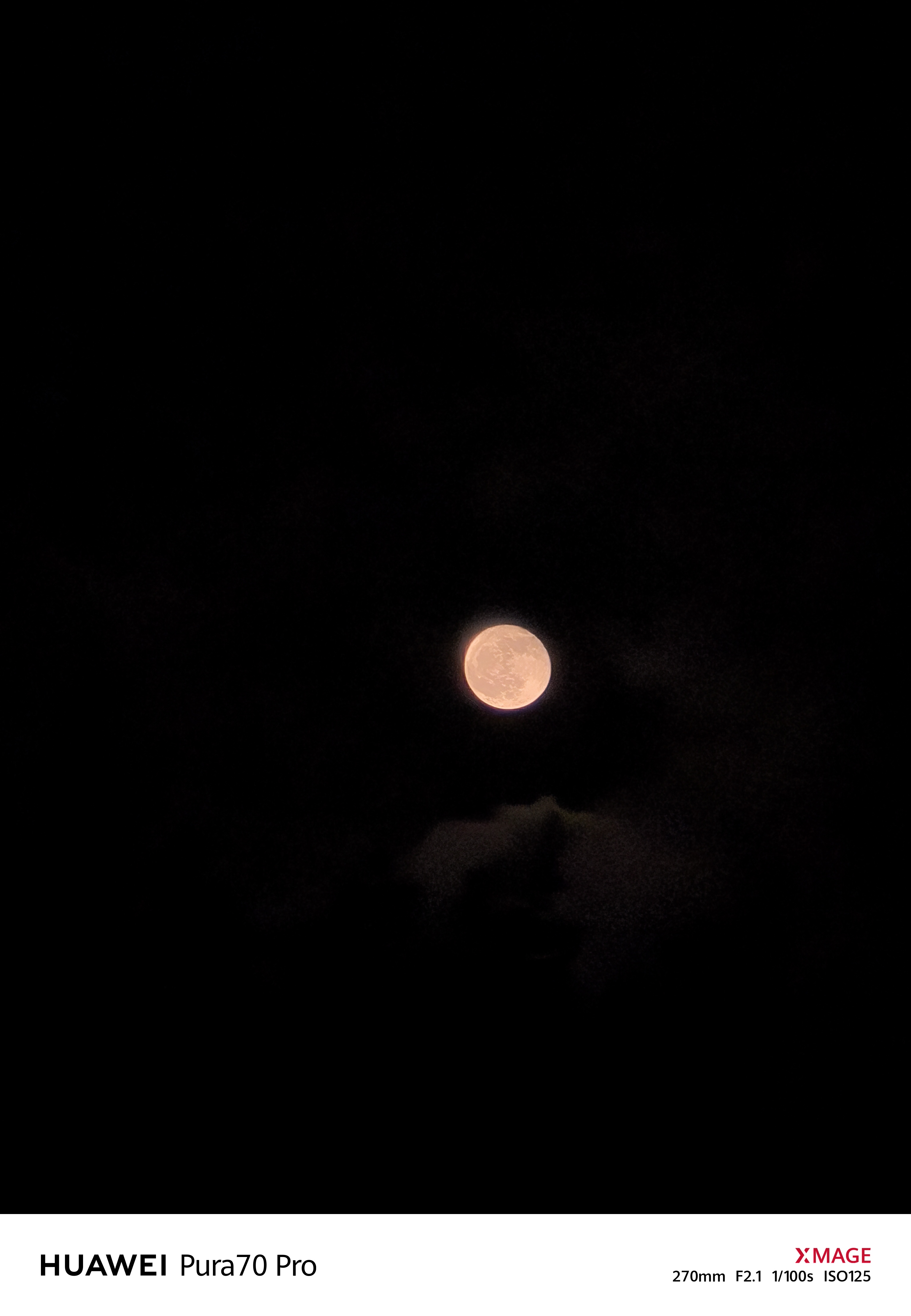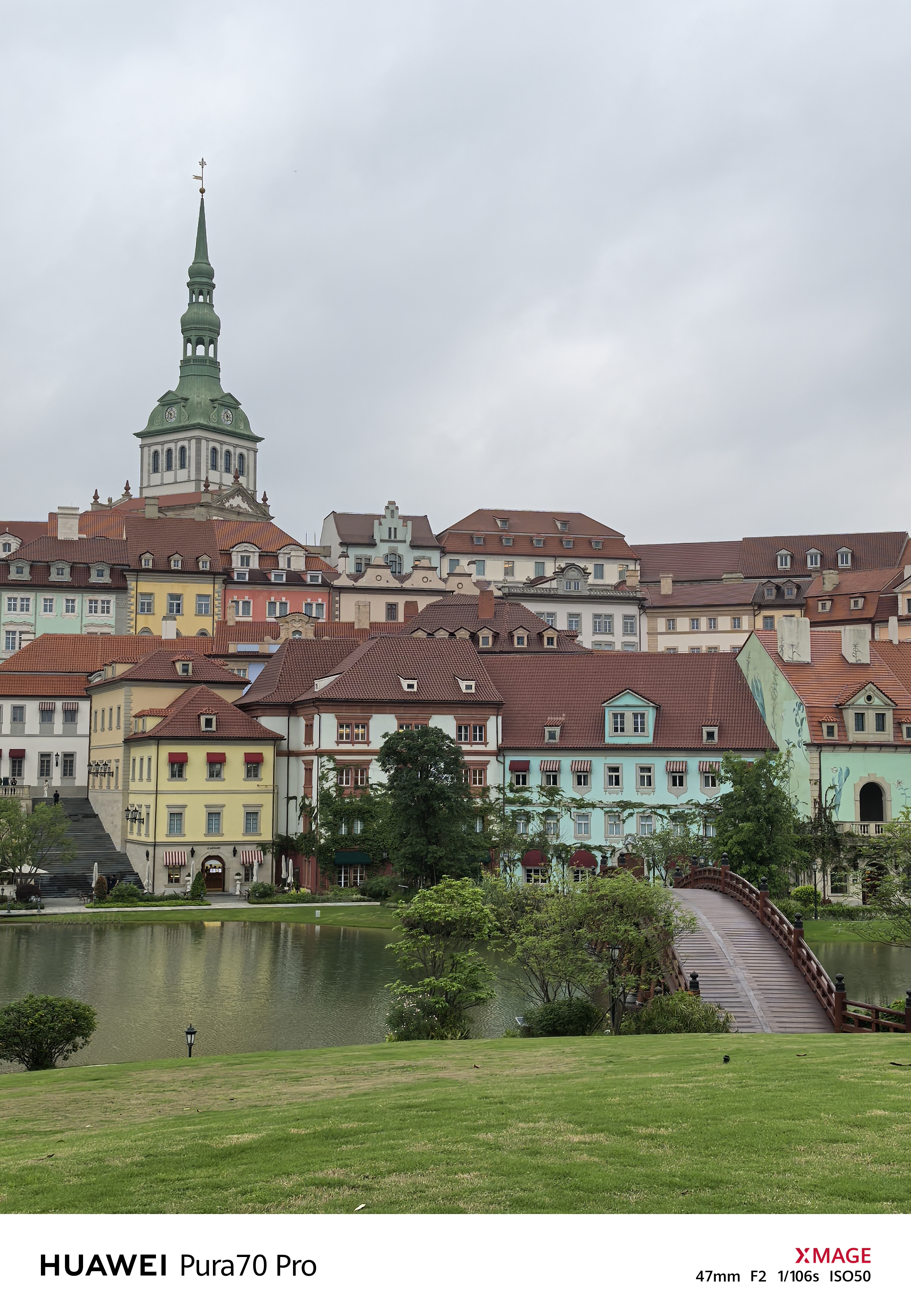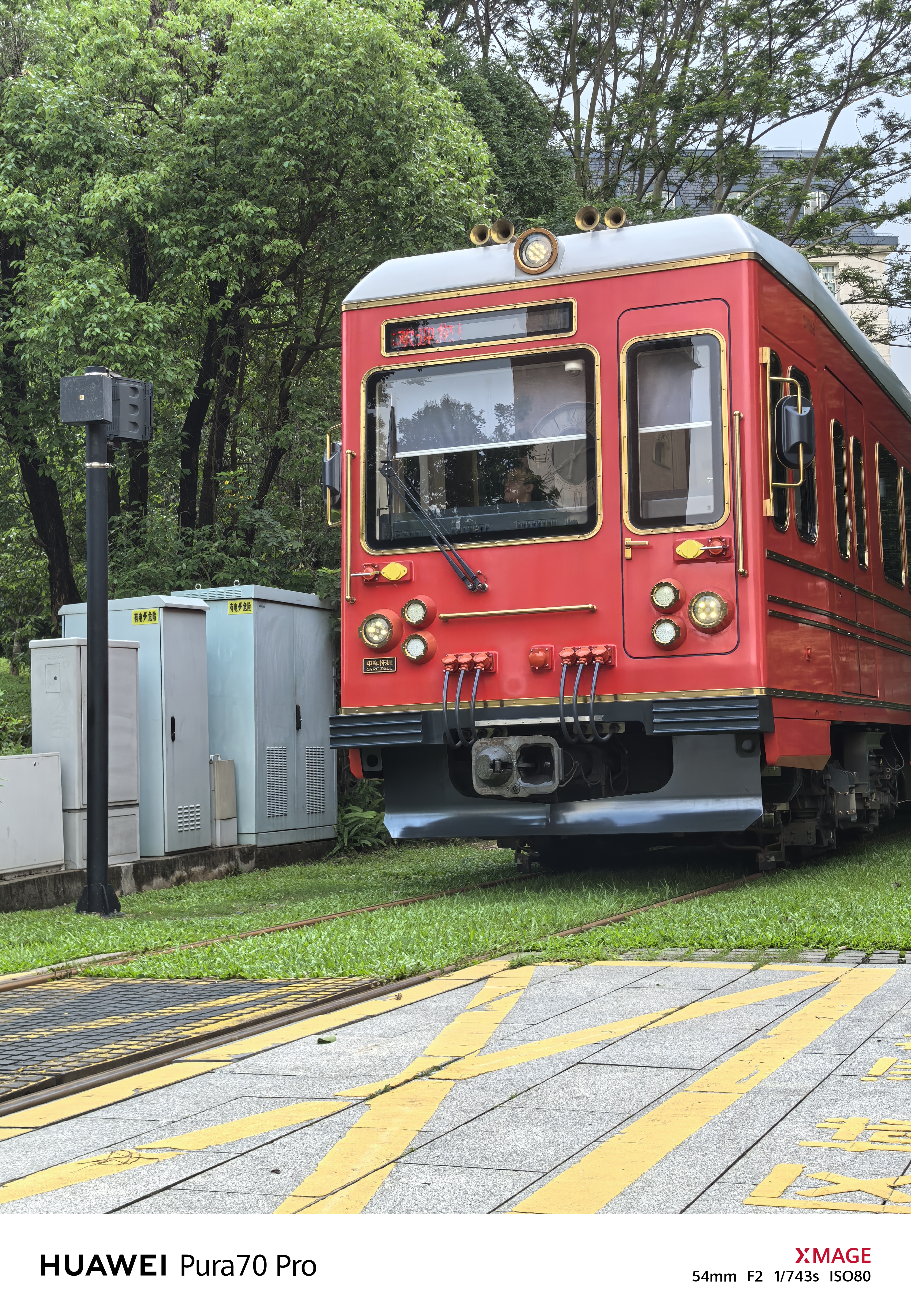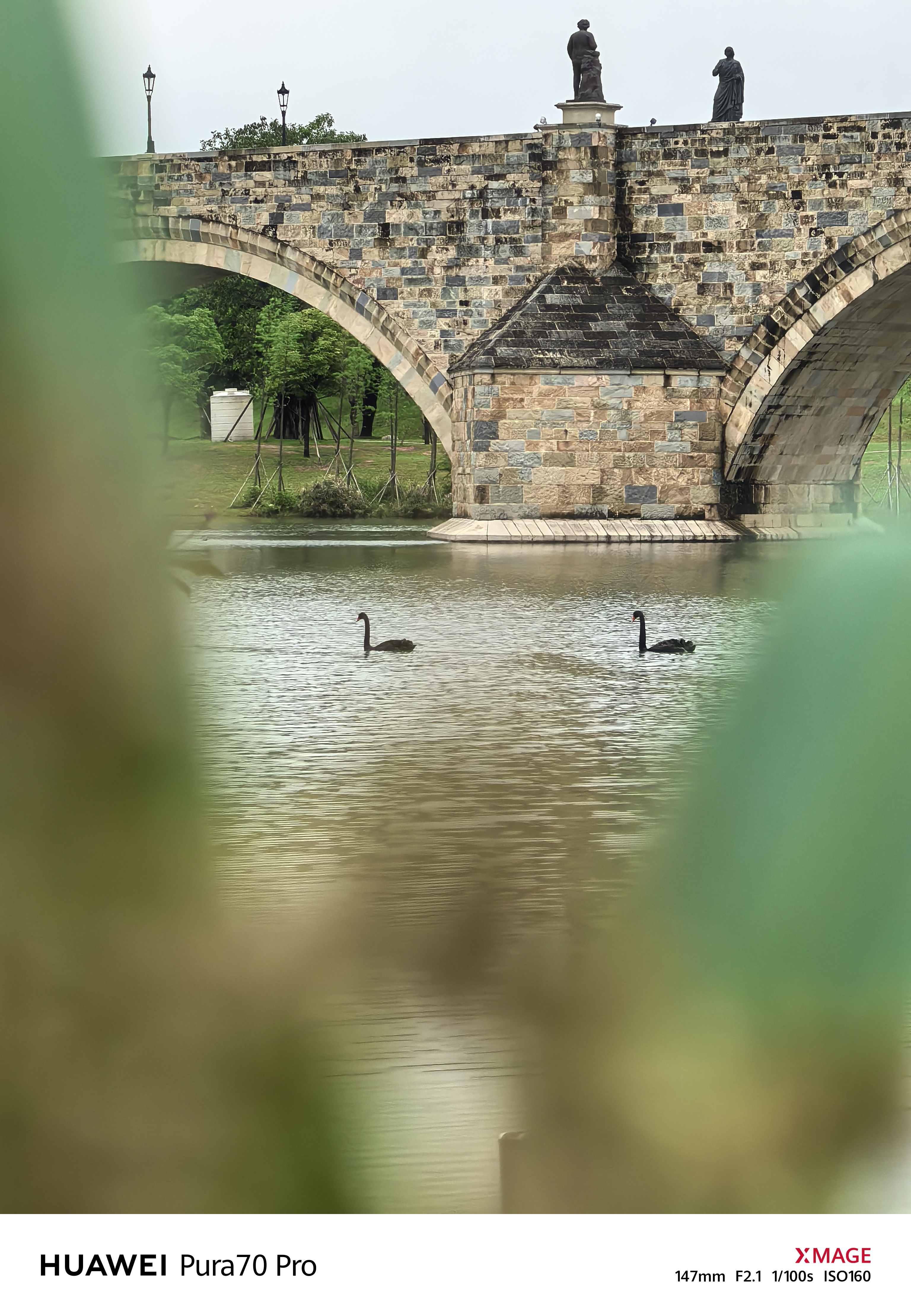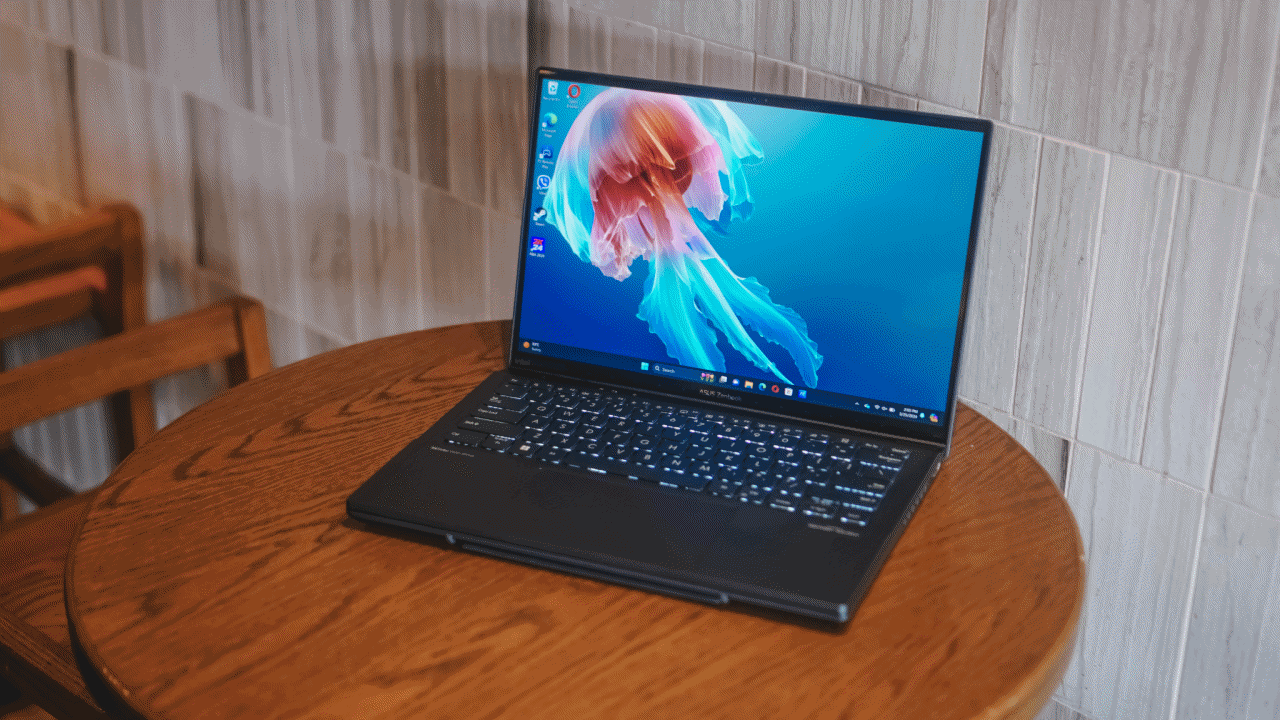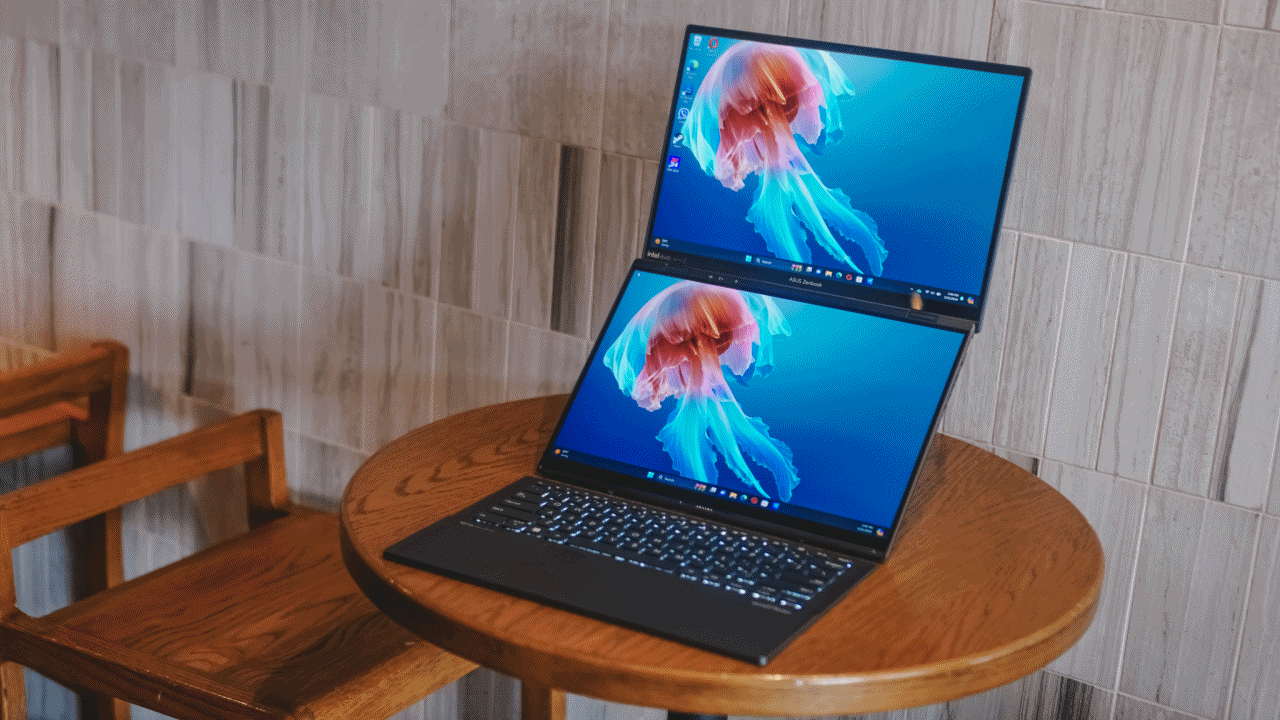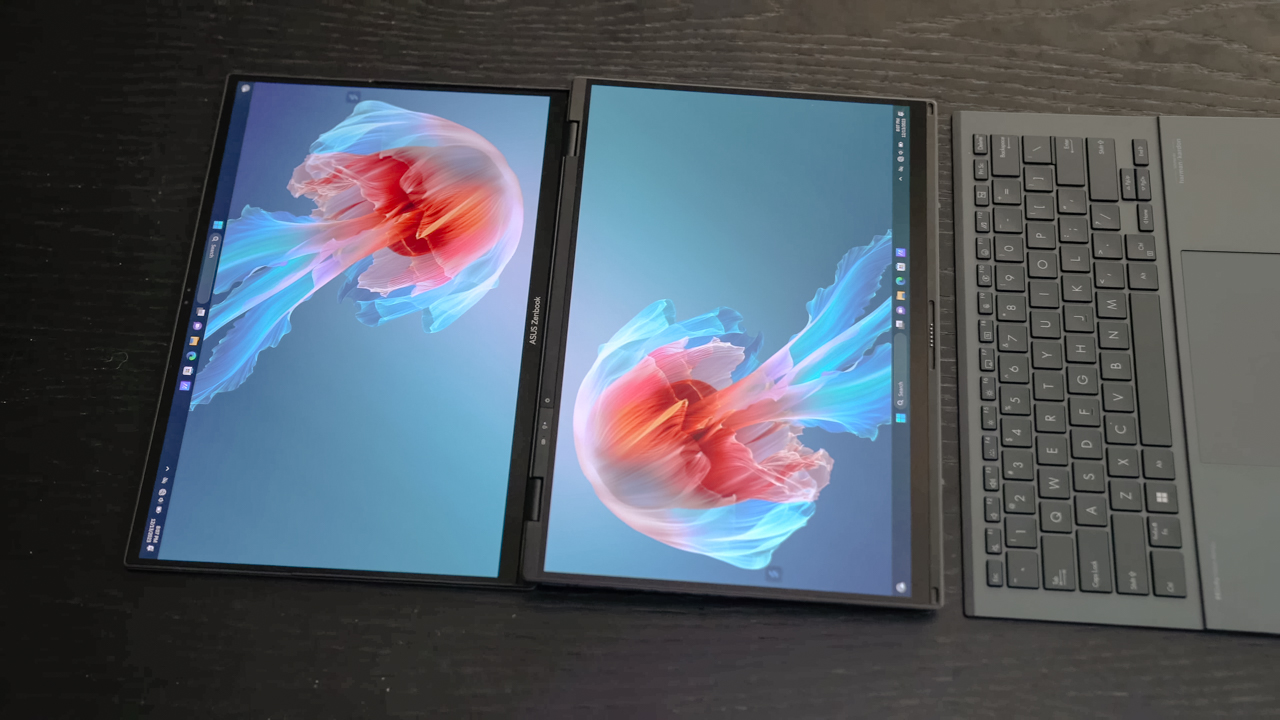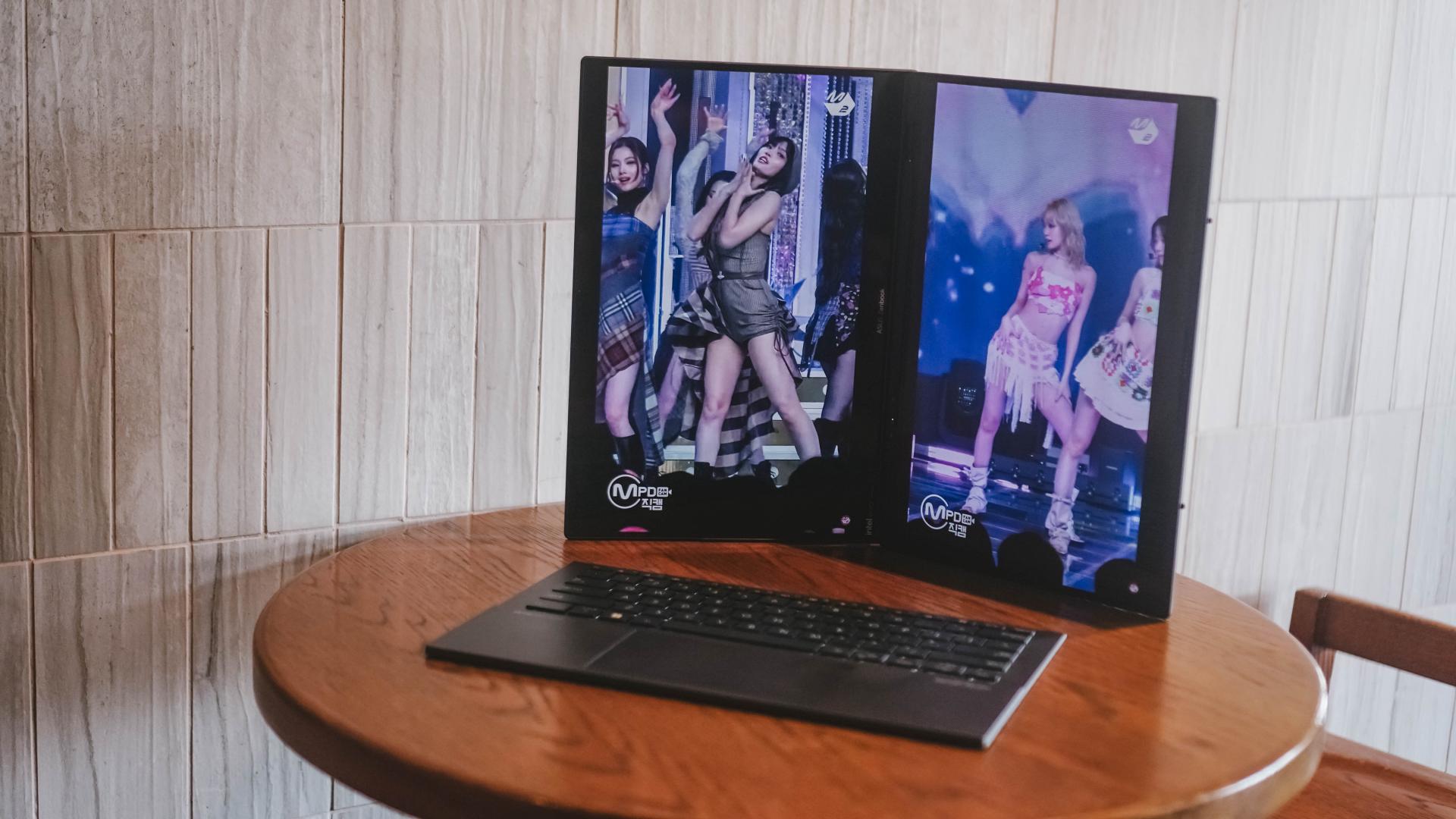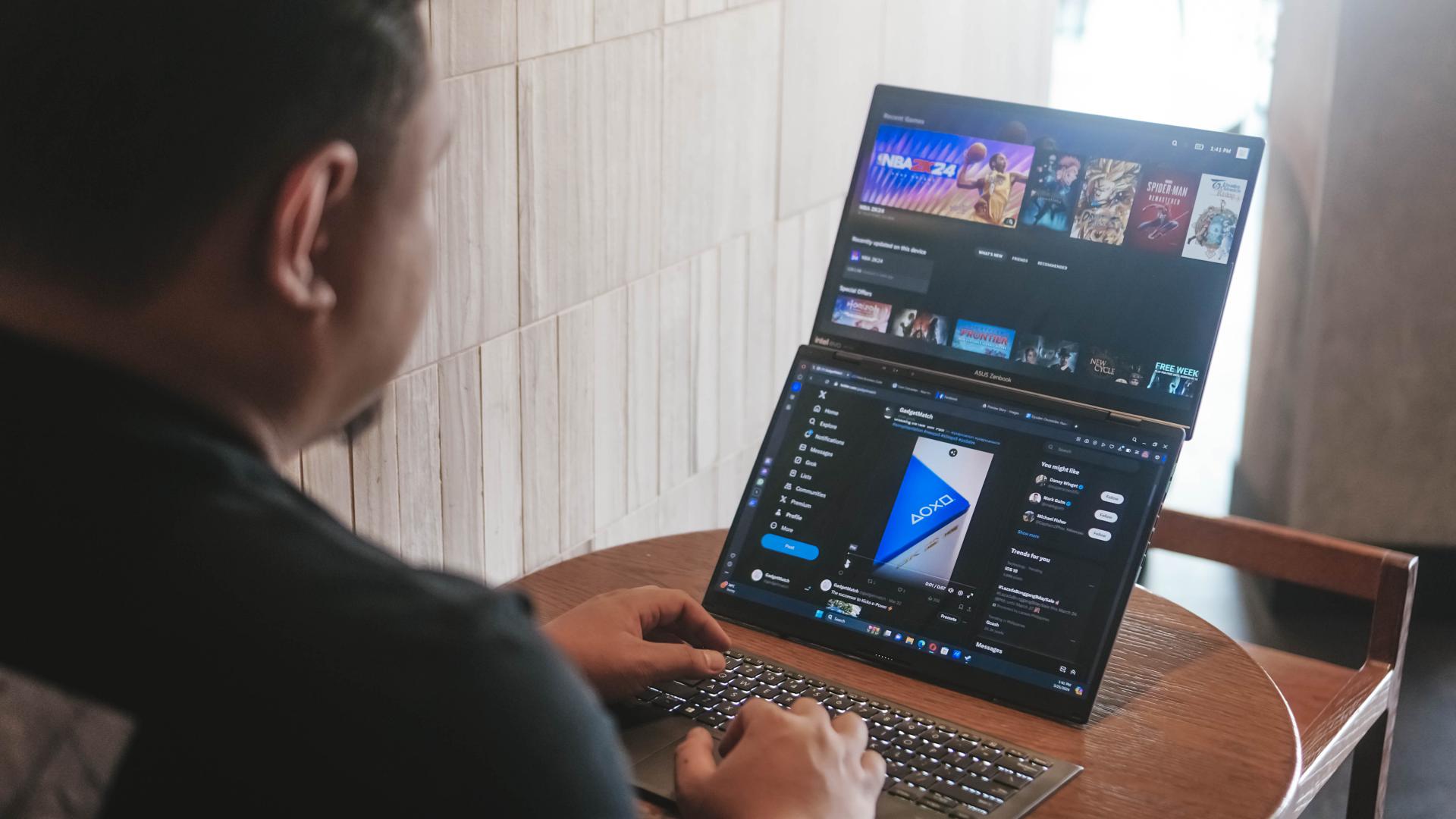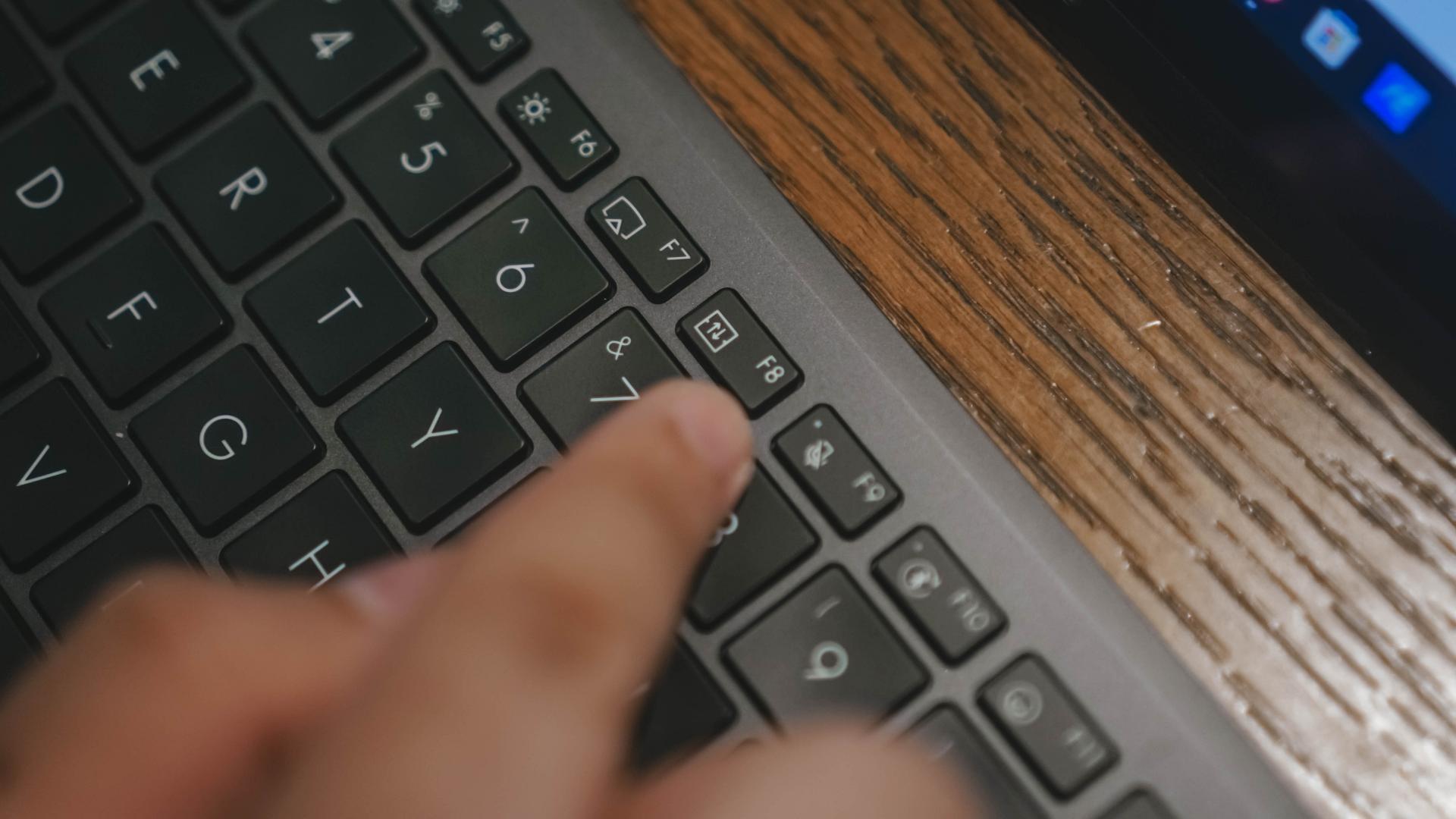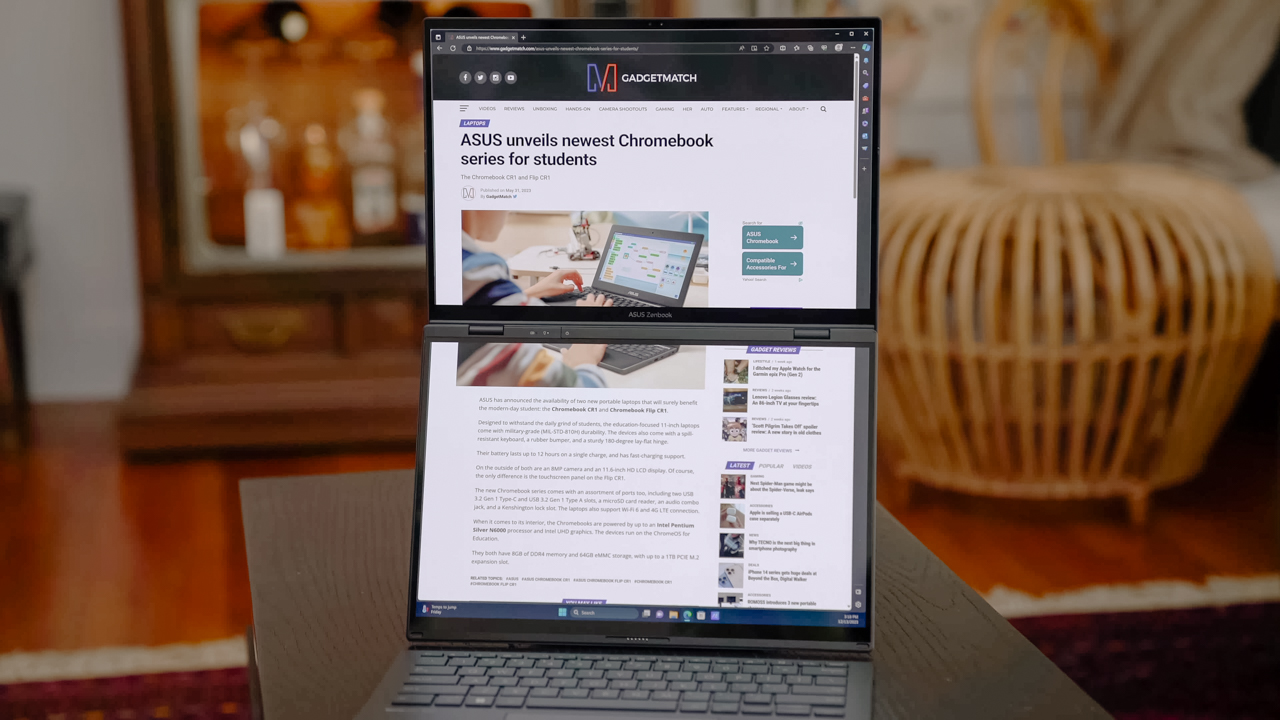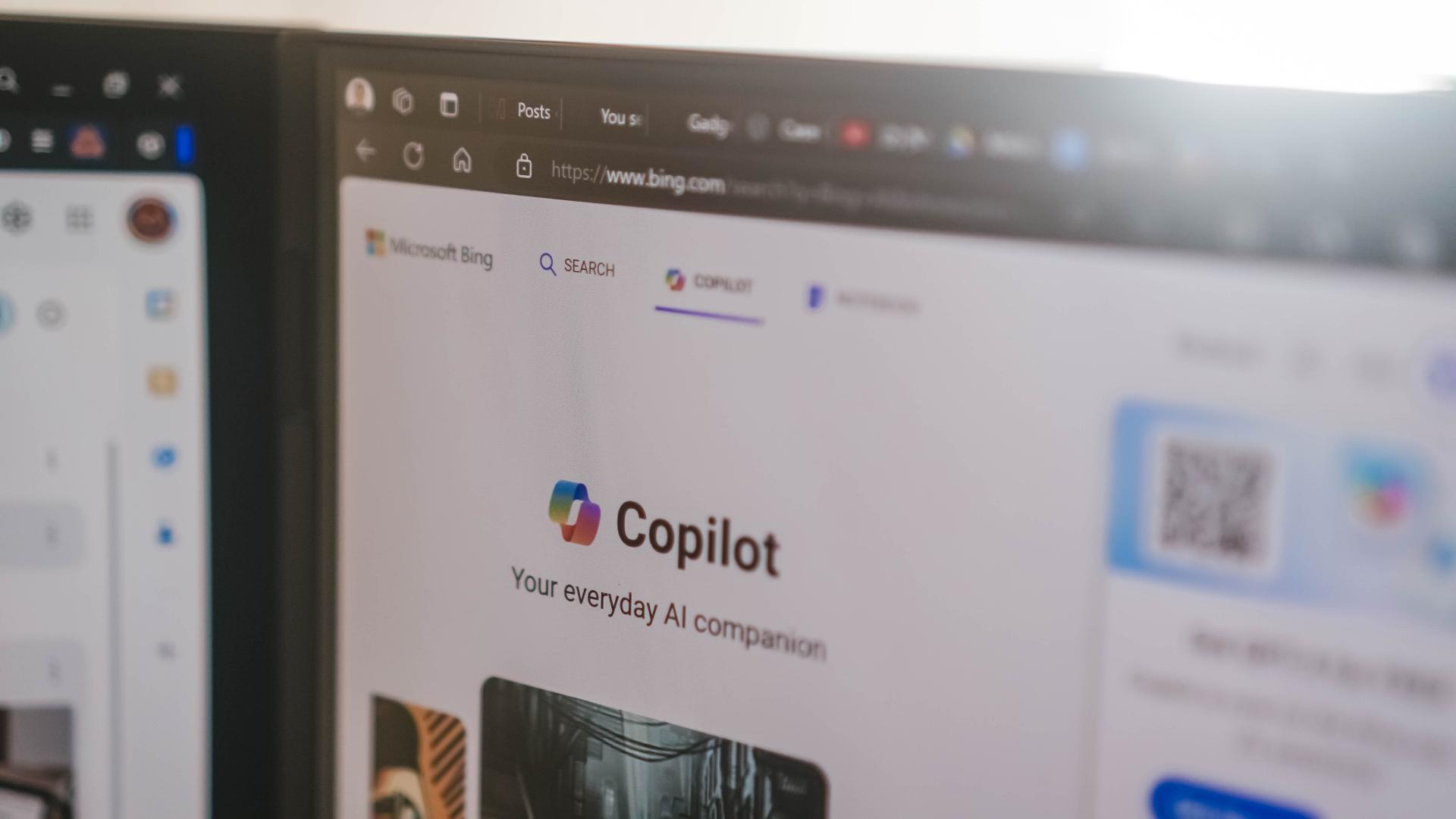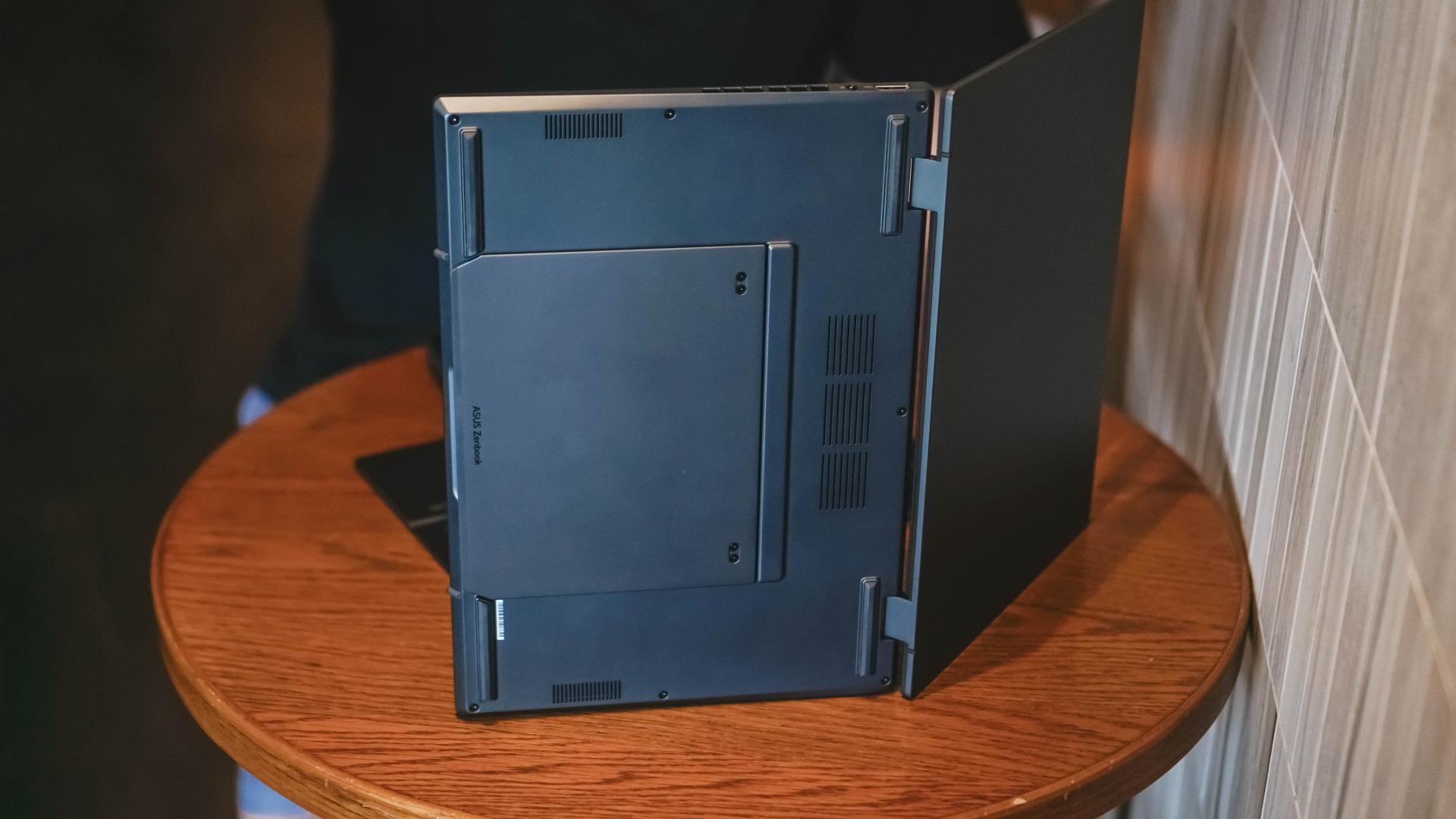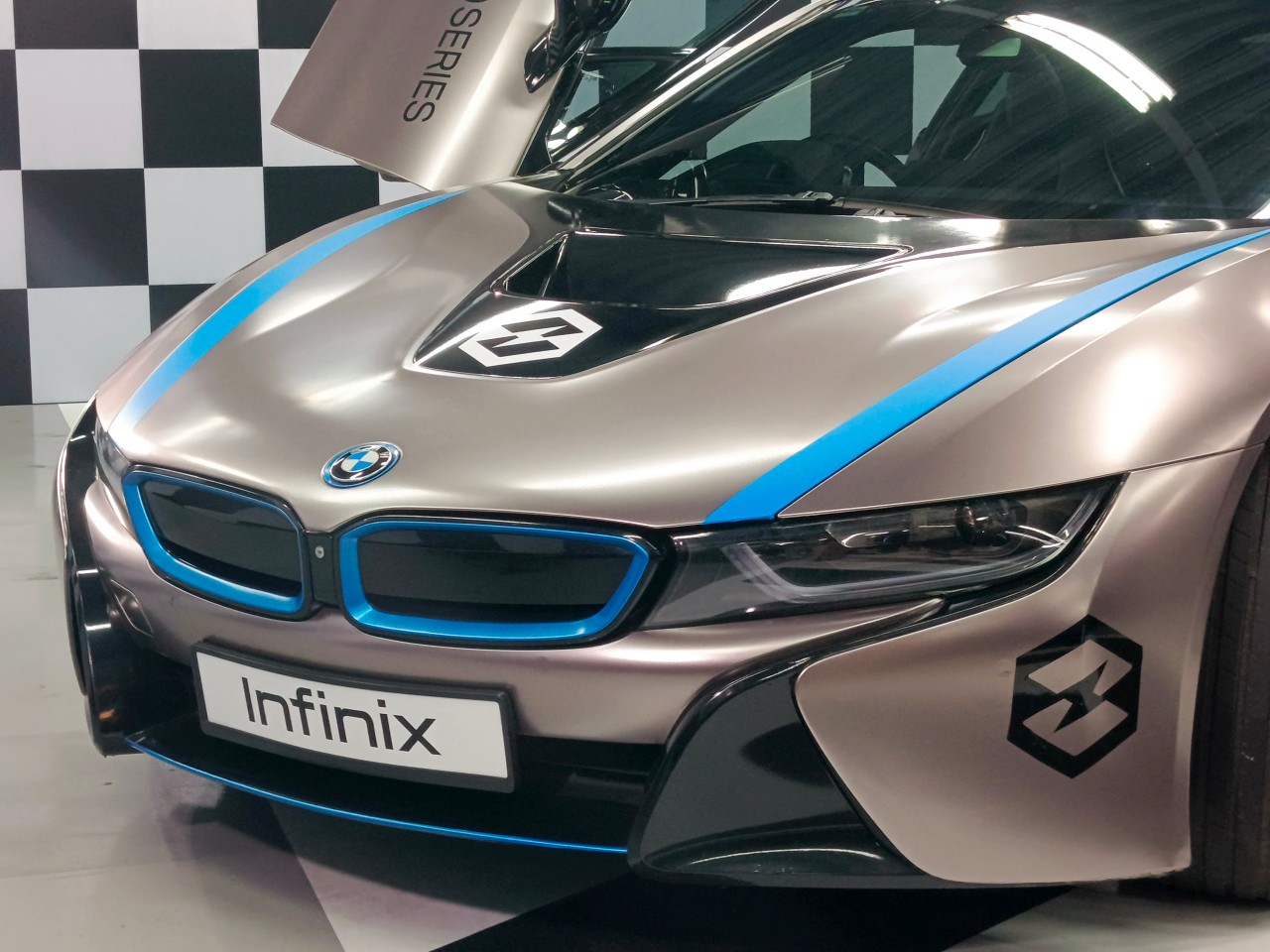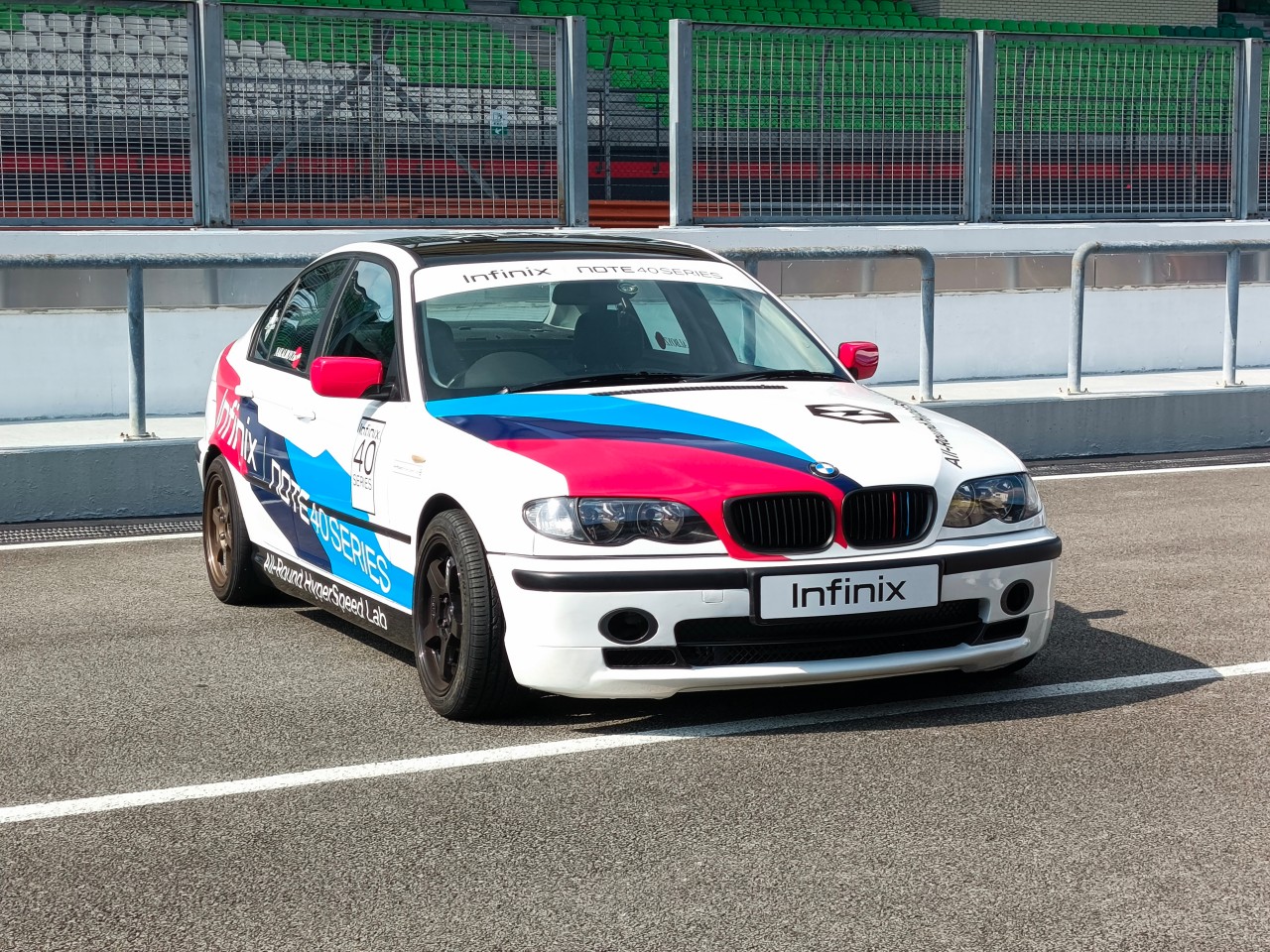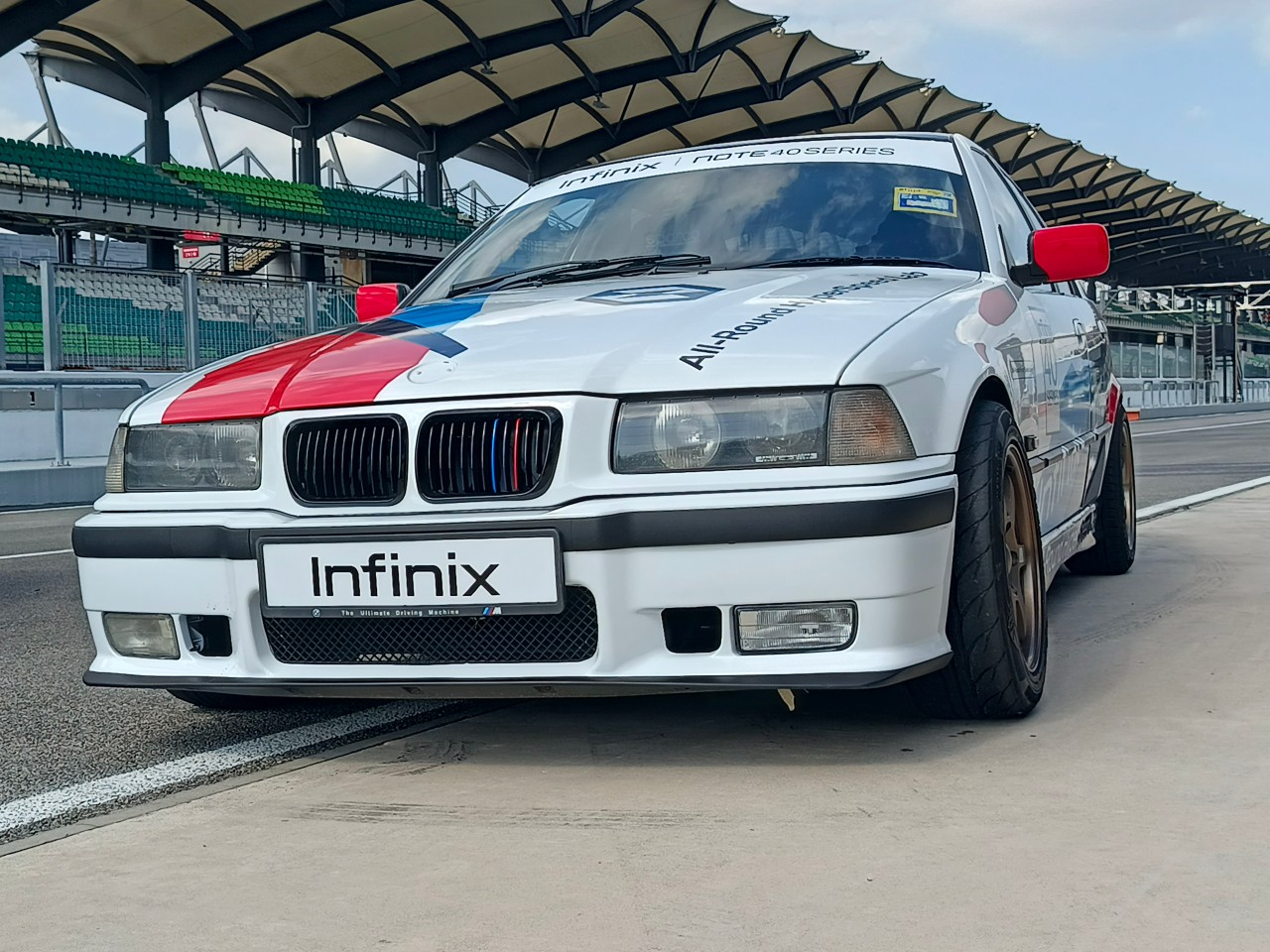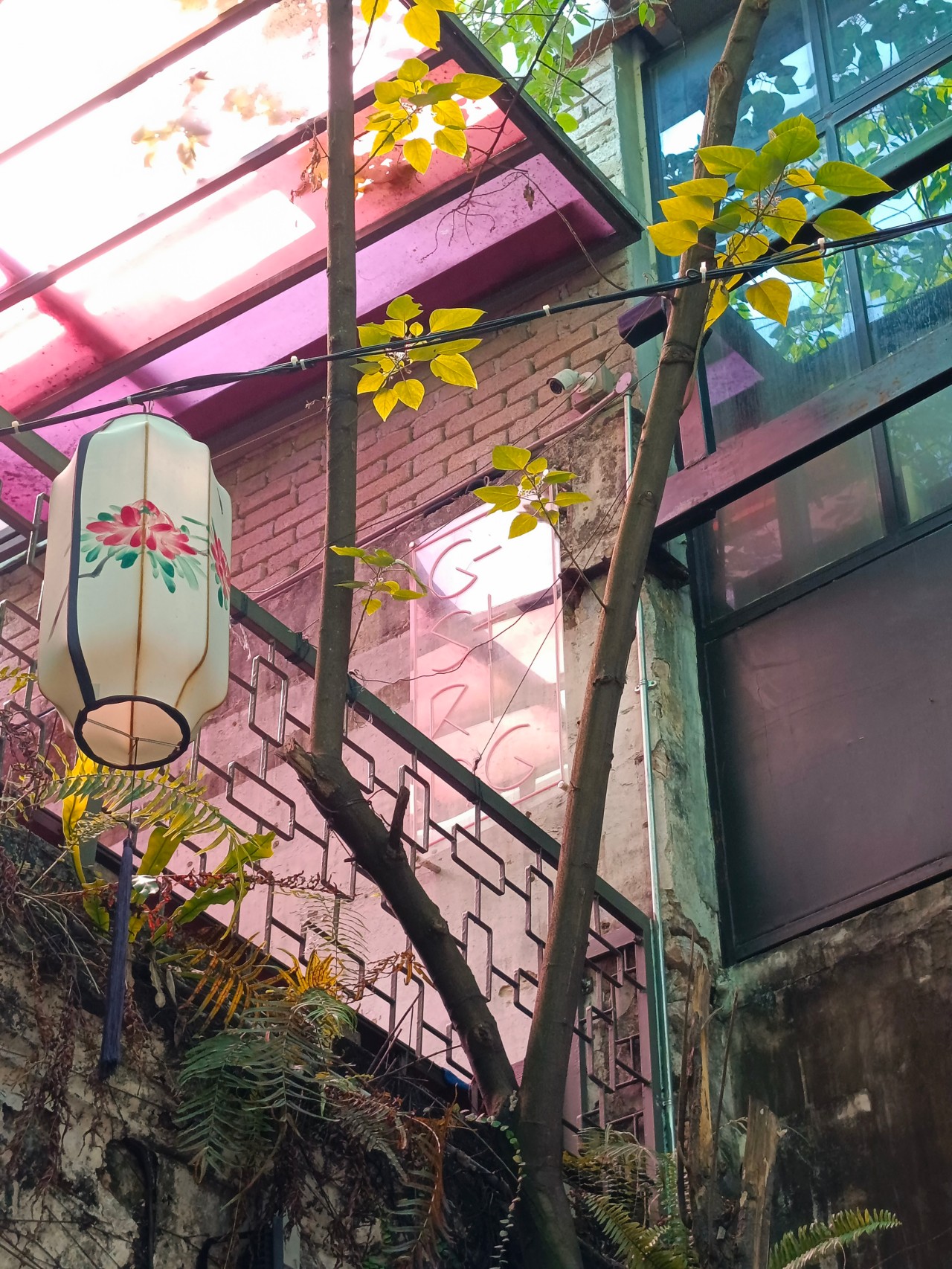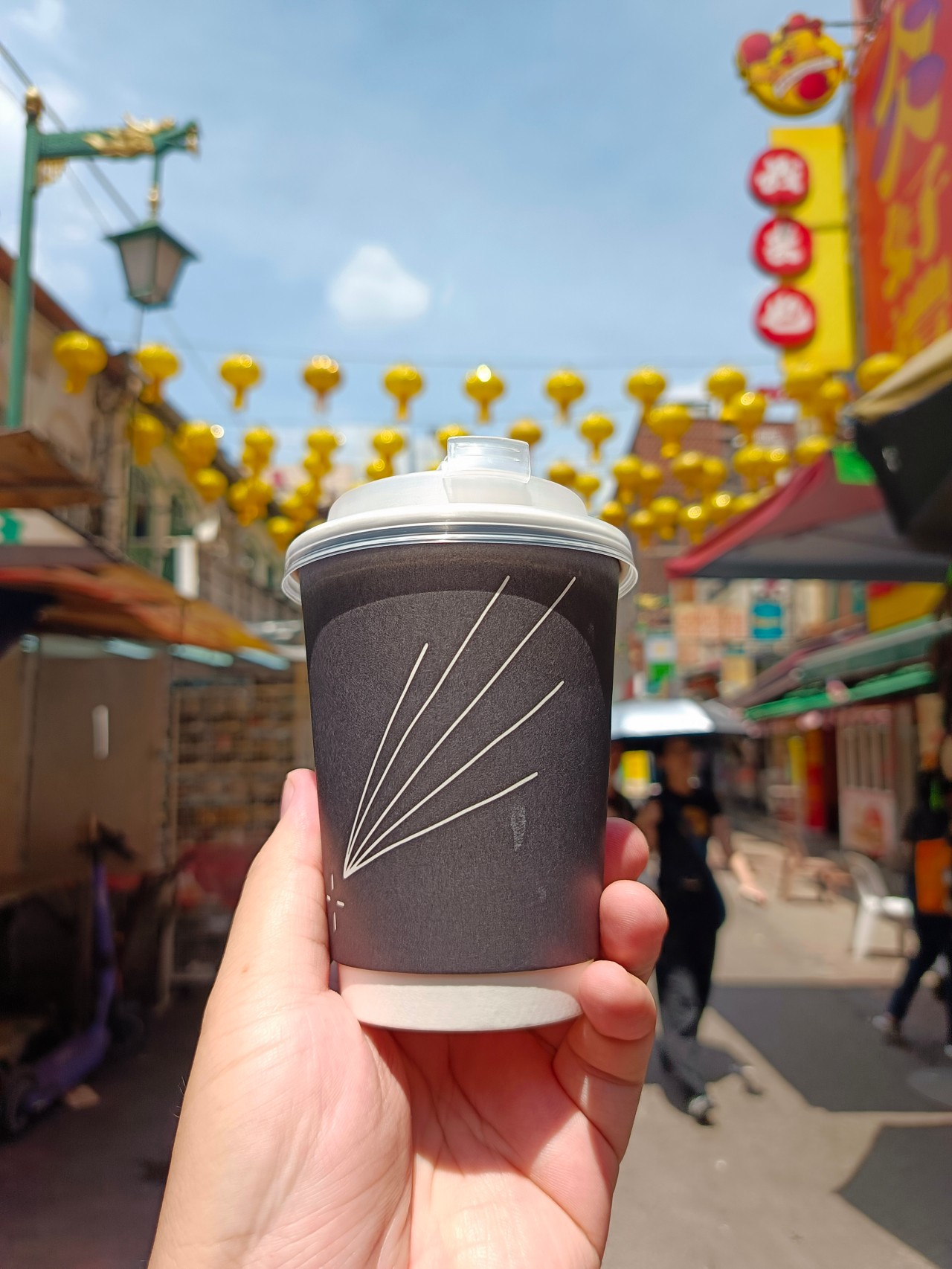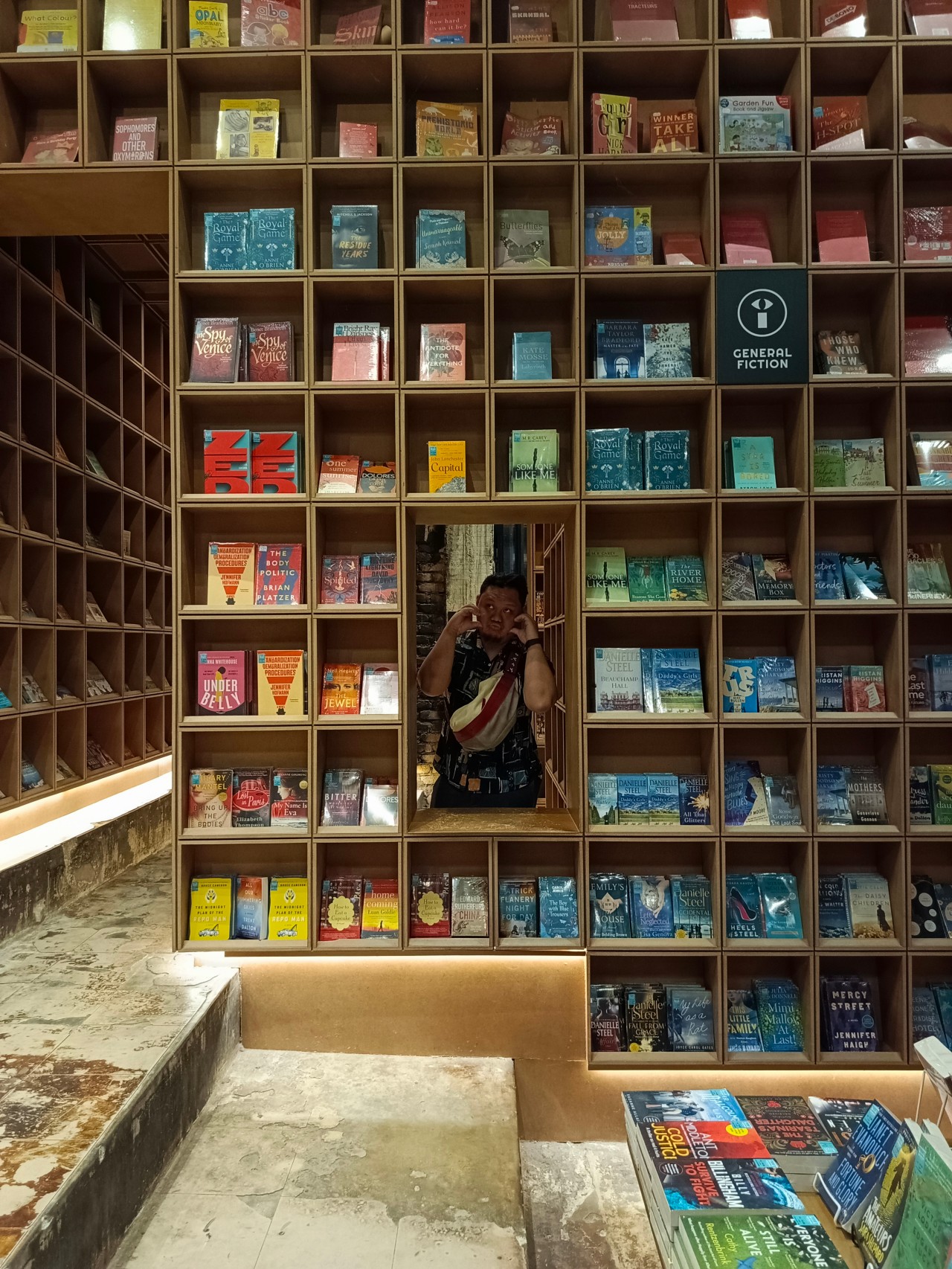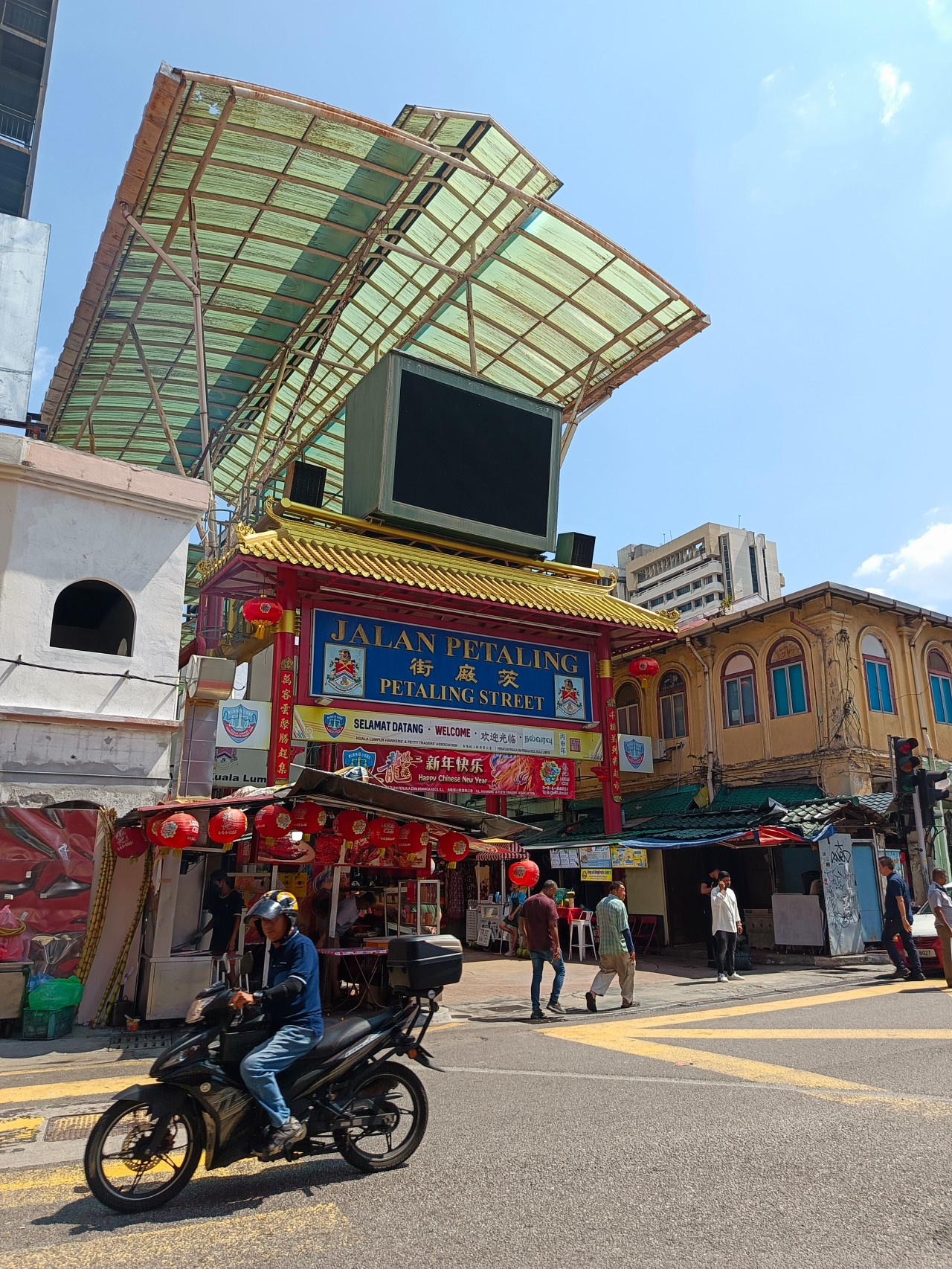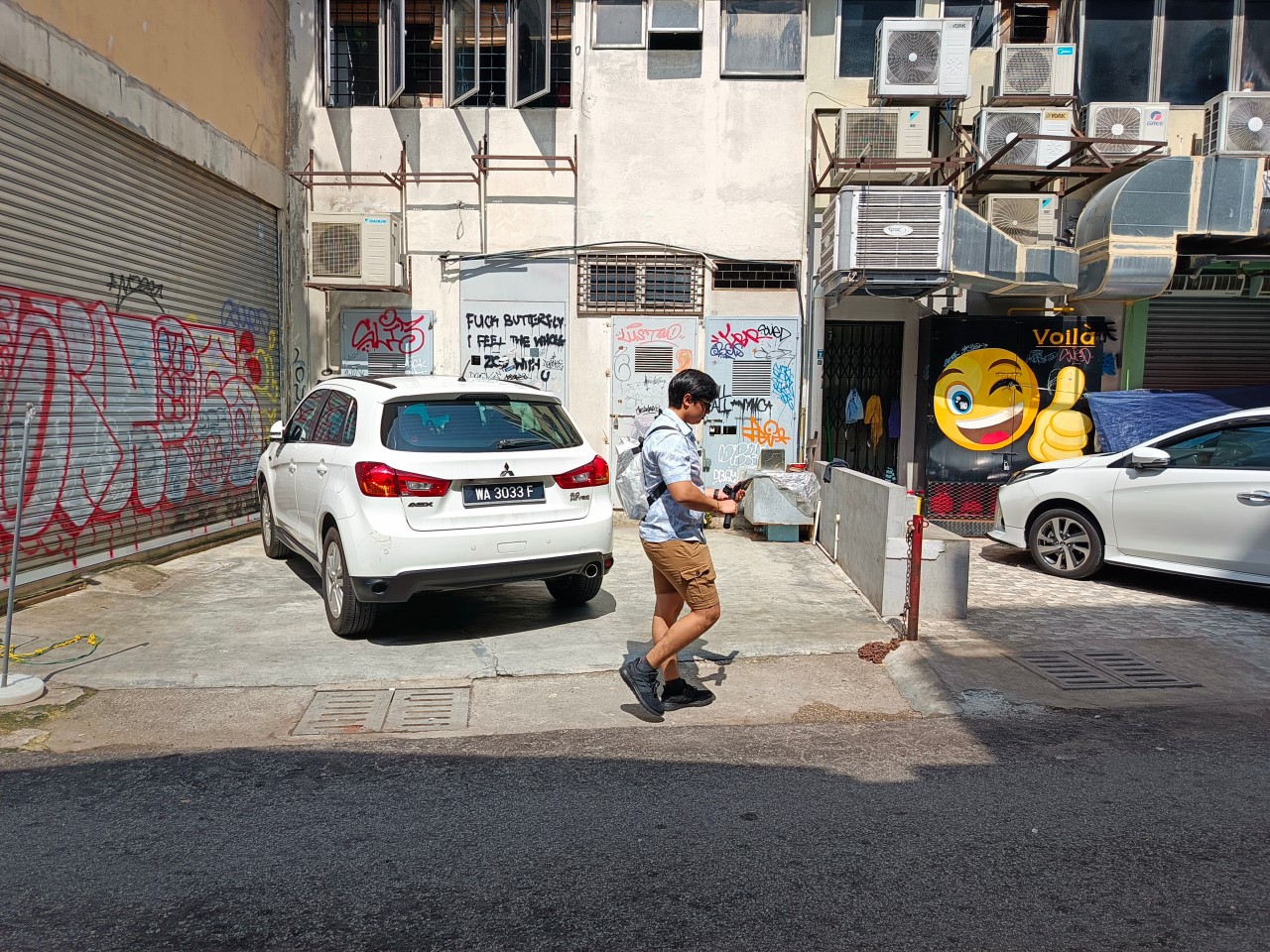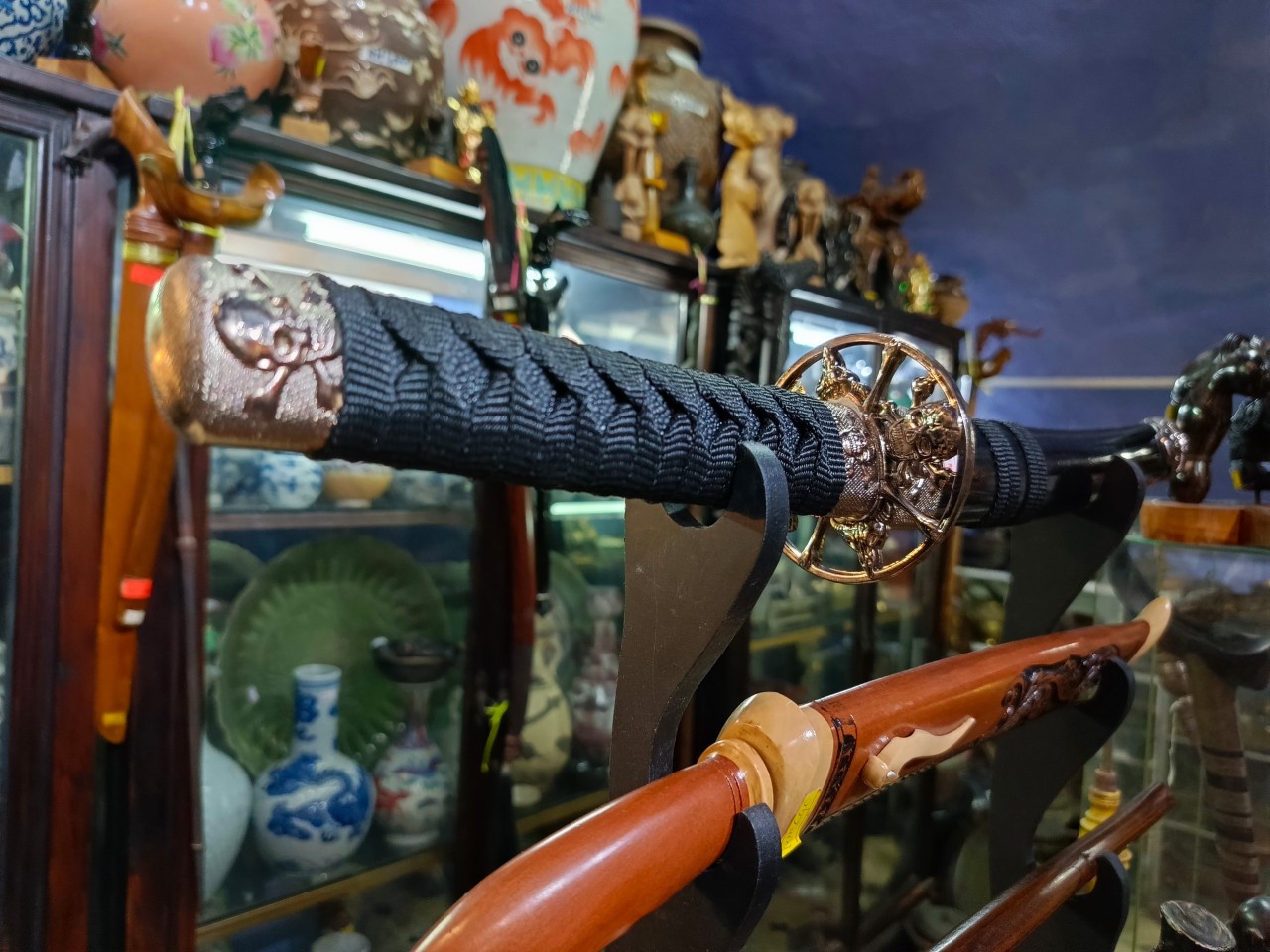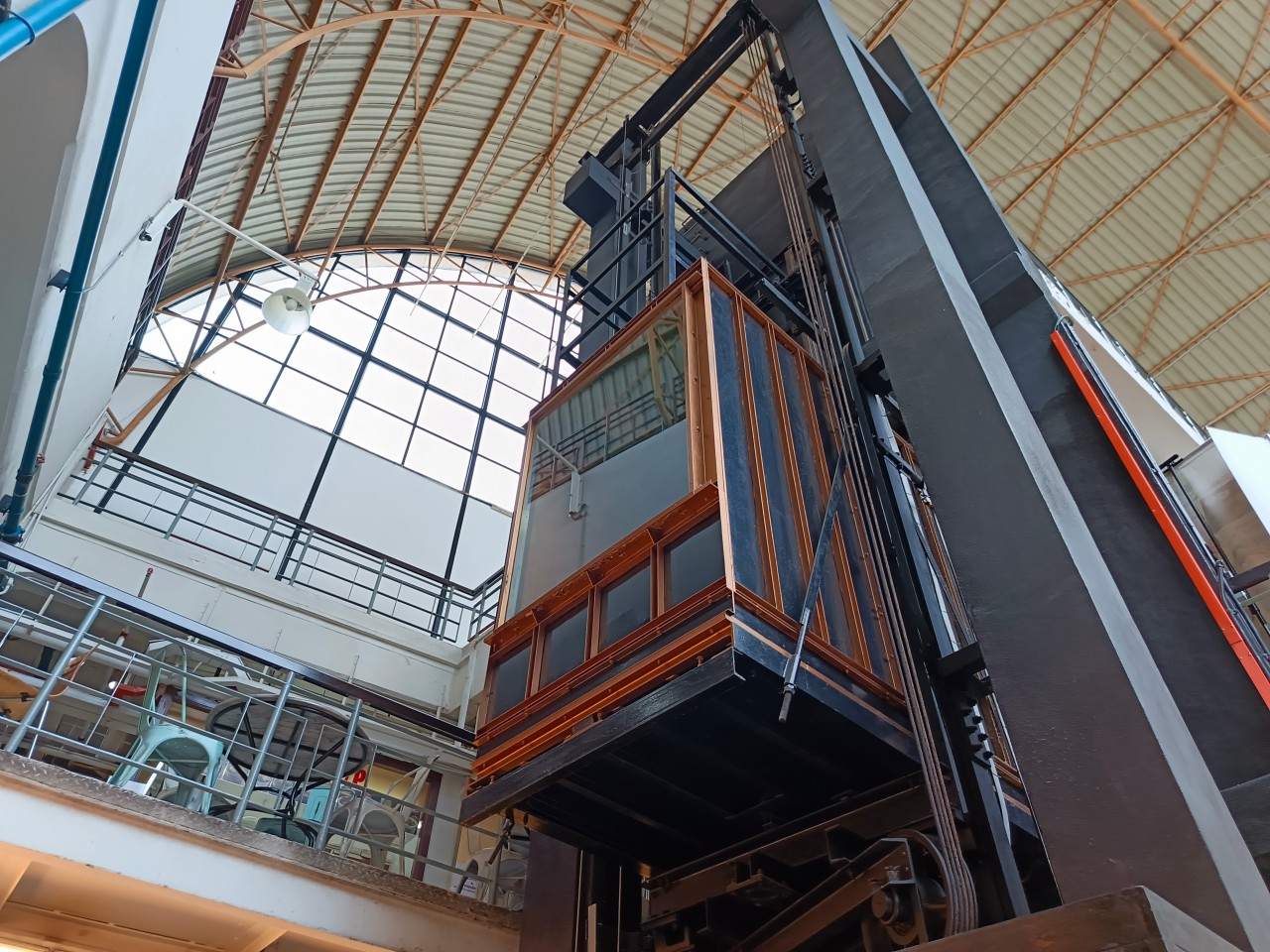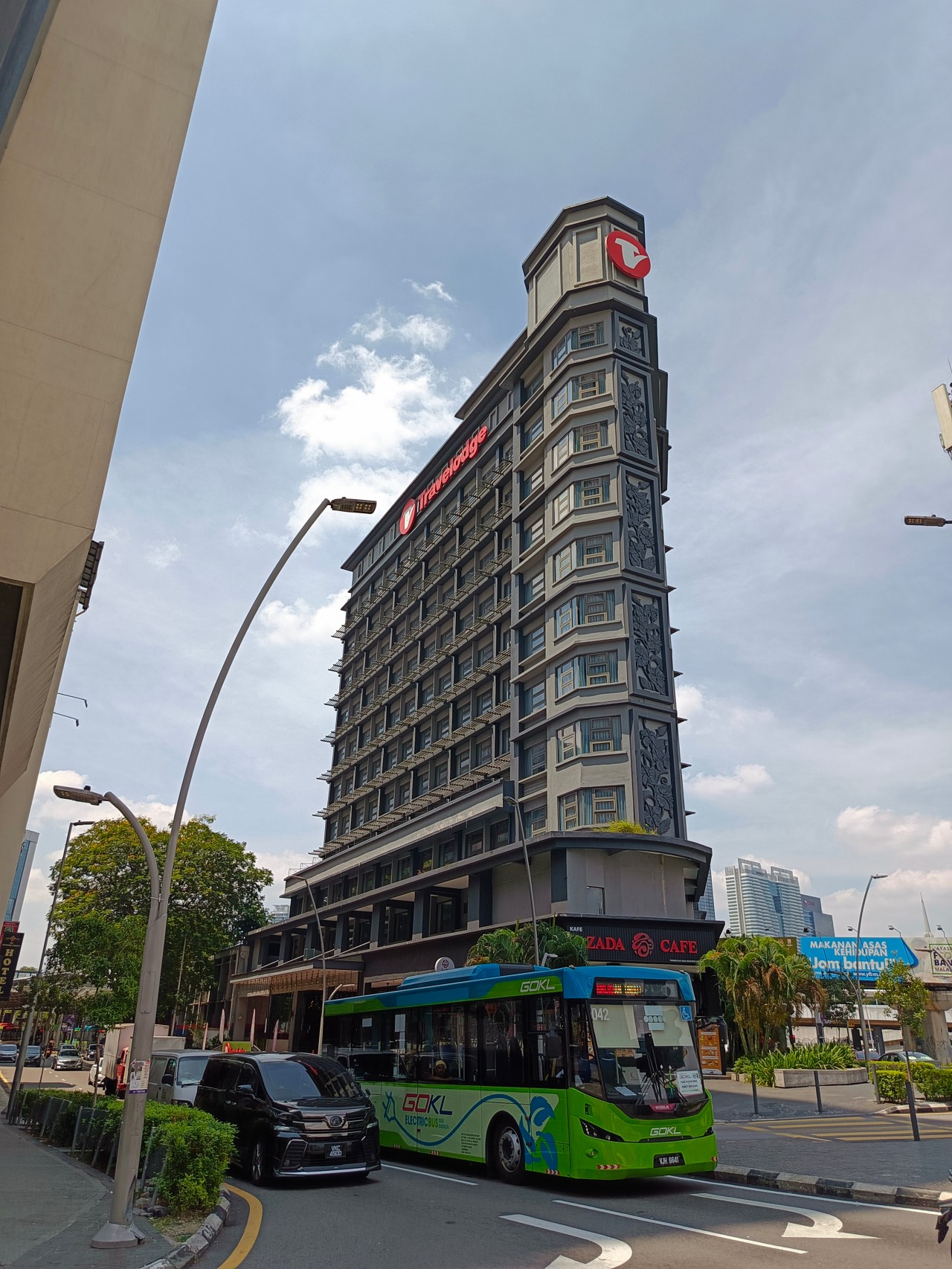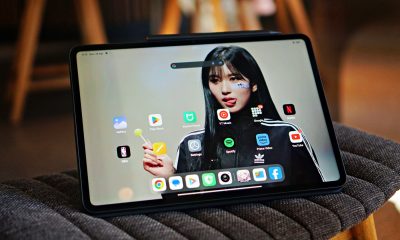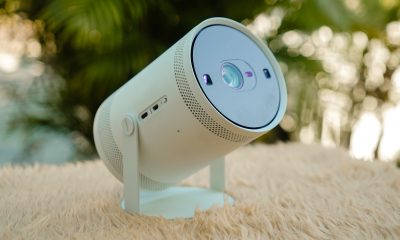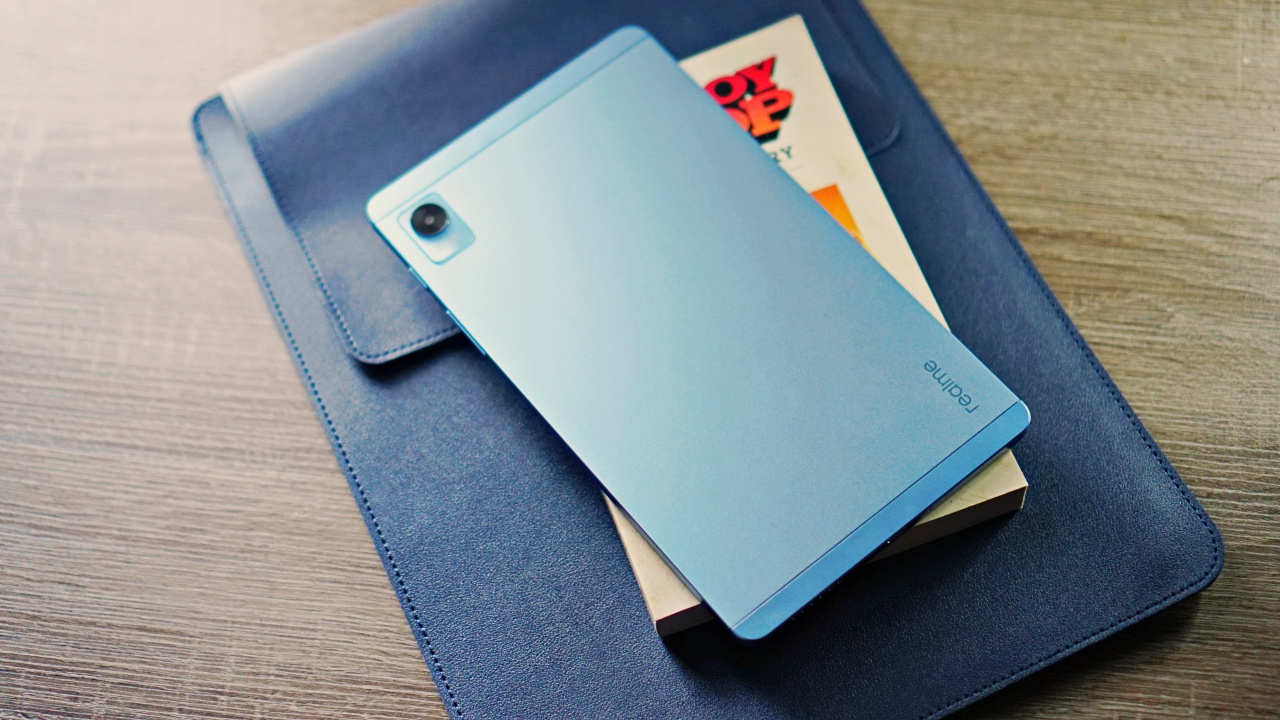
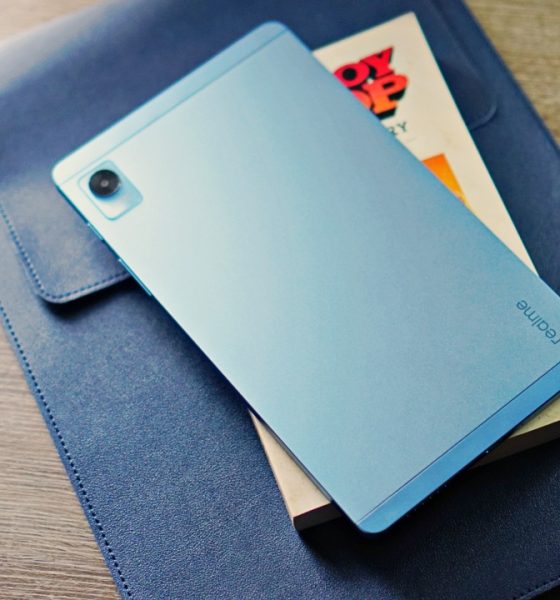
I have been looking for a tablet that’s around 7” to 8” to compliment my already full stacked suite of gadgets. My primary intention is to make it a full-time media consumption device and a Zoom event partner. All the recent tablets of late came in 10” or over. Then realme reached out with an opportunity to try out the realme Pad Mini. So I jumped at it.
But why do I need an extra device? Need is a stretch for me. At this point it’s a luxury for me to add to my normal rotation of gadgets. That being a MacBook Pro, whatever Windows laptop I’m reviewing/working on, an iPhone 11 Pro, an OPPO Find X3 Pro, and whatever smartphone I’m reviewing. Regardless, I wanted to see if I can fit a tablet into my life all while checking on the current state of Android tablets in 2022.
Before we dive into my take on the realme Pad Mini, here’s a quick rundown of its specs.
realme Pad Mini
- Display – 8.7-inches, 1340×800
- Processor – Unisoc T616
- Battery – 6400mAh, 18W
- RAM+Storage – 3GB+32GB, 4GB+64GB, expandable up to 1TB via microSD slot
- Cameras – 8MP rear, 5MP front
As mentioned in the teaser article, the versions coming out at launch are both LTE-capable. A 3GB+32GB Wi-Fi variant will be released soon after.
Aluminum alloy body design
Perhaps my favorite thing about the realme Pad Mini is its aluminum alloy body design. It looks pretty sleek, especially this blue colorway. It’s got a nice heft to it too. Nothing too heavy but enough to make it seem higher end than it actually is.
There are two speaker grilles on the top and bottom (if you’re in portrait mode) or one on either side (if you’re in landscape mode). That’s a key design decision since I imagine anyone getting a tablet has media consumption in mind.
The button placements felt a little off to me, though. Maybe it’s just me getting used to phone layouts but normally when you have the power button and the volume rockers on the same side, the volume rockers are placed higher.
That’s not the case here since, in portrait mode, your fingers will grace the rockers first before the power button. And in landscape mode, you’ll more often have to use your left hand and grace the power button first before you get to the volume rockers. It’s a little disorienting at first and I’m personally still getting used to it.
All things considered, it looks good, feels great, and doesn’t put a strain on your hand even after a binge-watching session. Granted, you switch hand placements every now and then.
Perfect Zoom partner
Over the past couple of years, the only events we’ve attended were held online. Most of which via the video conferencing platform Zoom. During these events, I like to get other tasks out of the way too. So while tuning in to an event, I’m either writing, copy editing, or what have you. However, multitasking can be tough in my setup where I only use a laptop. Having the sound come out of the laptop with a minimized Zoom window isn’t ideal.
Enter the realme Pad Mini. I’ve done this with other tablets I reviewed previously. Having the Zom event come from a device, other than my laptop, helps ease the mental burden of having to intently listen to something while doing a different task.
I don’t know if it’s just me, but it’s a type of setup I recommend especially for those who don’t have the space for full blown desktops with multiple monitors.
Media consumption companion
This is what most people would likely do on their tablets. At least, I think so. Binge-watching series, watching movies, and cycling through a YouTube or TikTok blackhole. For the most part, the realme Pad Mini does this pretty well.
The display isn’t outstanding but it gets the job done. I normally get 720p and 1080p depending on which platform I’m watching on.
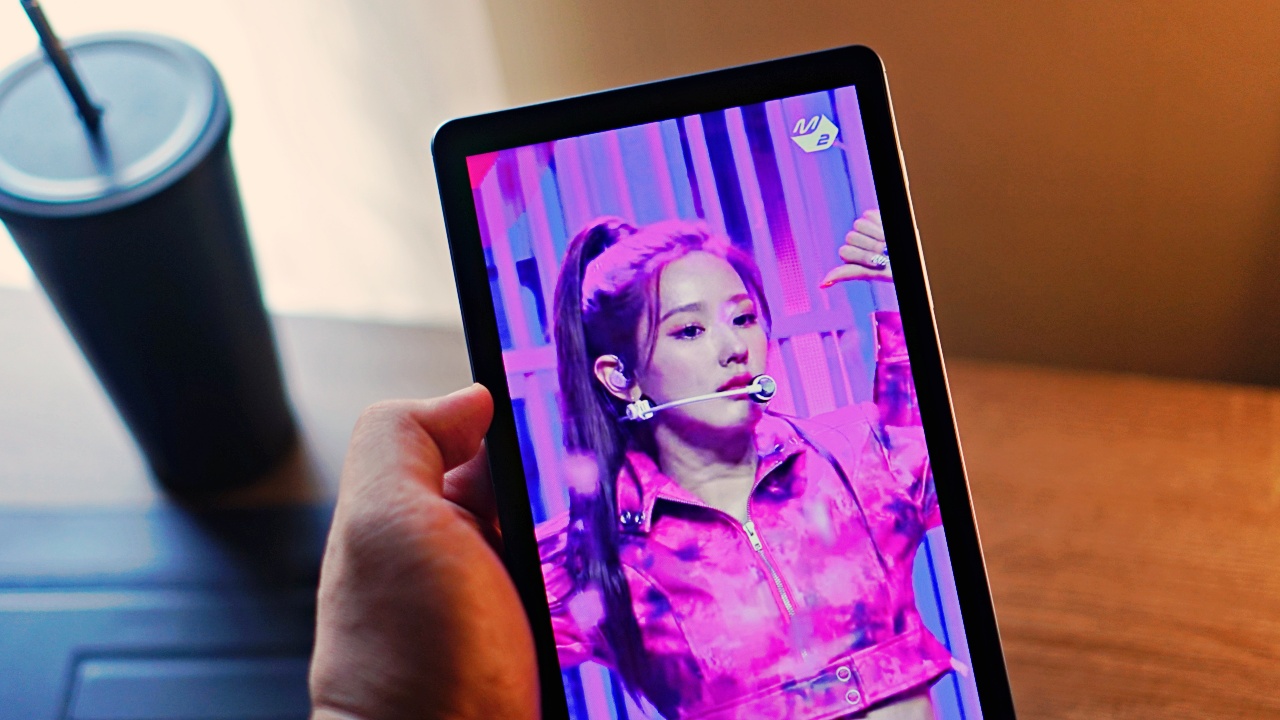
Watching (G)-IDLE Miyeon’s fancams were a bit of a pain because of YouTube
One downside is it doesn’t work well for YouTube which prioritizes continuous streaming thus giving you as low as 360p sometimes when you first start a video. I can’t count the number of times I had to go into the settings and force the highest quality when I’m on YouTube.
But that’s just one pain point. Every other platform delivers good, steady quality of streaming. I’ve been using it to catch-up on a few series on Netflix, HBO Go, and Chrome (if you catch my drift). The visuals aren’t mindblowing but they’re more than good enough and the speakers are just the right amount of loud without distorting the audio.
It checks all the boxes for what I’m currently looking for in a tablet. It also helps that it’s relatively inexpensive. The 4GB+64GB LTE variant, which is the one I reviewed, retails for 11,990 and I think it’s just right. More pricing details later on.
Quickfire Q&A
Naturally, some of you might be looking to do more on your tablet and have a few questions. Turn’s out, there are a ton of questions on our teaser post so I’ll try to answer some of them.
Is it good for gaming?
Specifically, someone asked if the Unisoc T616 is good for gaming. I didn’t do a lot of gaming on the realme Pad Mini, only a few matches on Call of Duty: Mobile. And well, it’s… okay. There’s a bit of lag and the screen isn’t as responsive so it might not be the best for gaming.
If you really want to play on something around the same price range, you’re probably better off using the Redmi Note 11 or vivo Y21T.
Call and text functions?
Texting and chatting are the two things I personally didn’t want to do on a tablet. I wanted it to specifically be a media device. But if you’re looking for call and text functions, make sure you grab the LTE versions. There are two available.
Pen/Stylus support
Nope, it doesn’t come with a stylus. As for stylus support, that’s something we weren’t able to test, but it’s safe to assume this doesn’t have it given its set of specs.
Price and availability?
As mentioned earlier, two LTE variants will be available at launch. They are priced as follows:
- 3GB+32GB – PhP 9,990
- 4GB+64GB – PhP 11,990
But realme being realme, naturally there are early bird promos. Discounts will ber offered exclusively on realme’s official Lazada store.
The realme Pad Mini will also be available at all realme official stores and partner dealers nationwide. Those who purchase from April 4-30 will get a FREE realme Mobile Game Finger Sleeves.
Is this your GadgetMatch?
As a budget tablet, the realme Pad Mini is okay. I don’t think it falls in the category of realme’s usual devices that punch up in terms of specs and price. Its overall performance is steady and really, that’s all you need for something at its price point.
The realme Pad Mini is a great media device, good for binge watching sessions, taking a few notes, and being an extra device in your arsenal. If that’s what you’re looking for, then it’s definitely a match.


In case you’re wondering, it’s pronounced /pyu-ra/. And it’s more than just a name change. All four models of the Pura 70 series come with a set of cameras that will make your jaw drop. Though it’s not the most impressive Ultra, the Huawei Pura 70 Pro is still capable of shooting breathtaking photos all by itself.
Arranged like a hidden Mickey, the Pura 70 Pro’s camera island features a triple threat of cameras, highlighted by a vastly improved telephoto lens when compared to the regular model.
- 50-megapixel f/1.4-4.0 25mm main
- 48-megapixel f/2.1 93mm 3.5x optical telephoto
- 5-megapixel f/2.2 13mm ultrawide
A Huawei-filled stay in China
While there are different brands operating in the region, Shenzhen is a much bigger playground for Huawei. The brand maintains multiple flagship stores and a sprawling campus there.
Our first stop was the first global flagship store for Huawei. The building features a huge central area, a lineup of cars, and, of course, spots to try the brand’s latest innovations.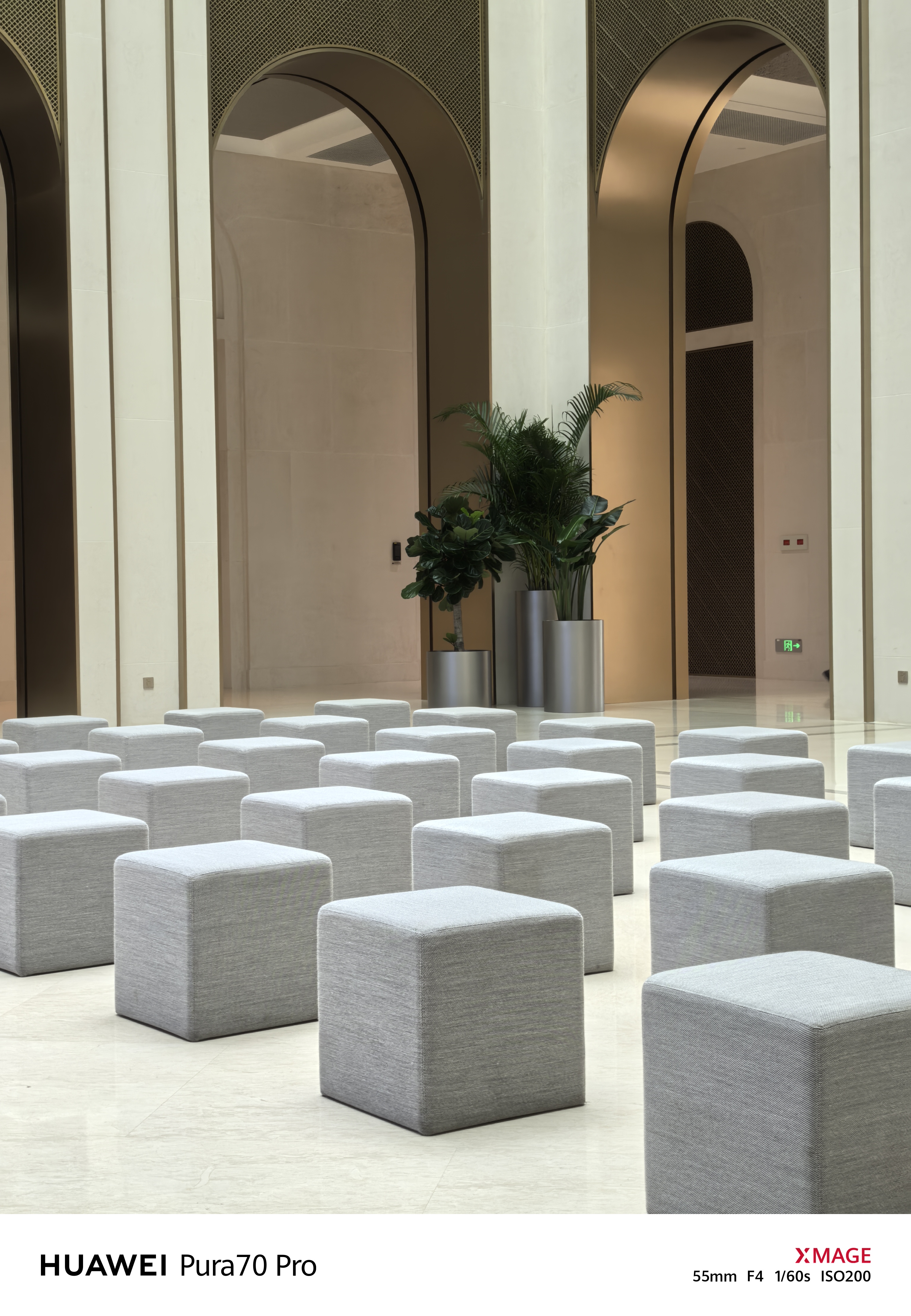
As you’ve probably read from our first impressions, one of the most iconic demonstrations during the entire trip was of a spinning picture disc of a surfer frozen in time by the Pura 70 Pro’s Snapshot mode.
Mixing it up at MixC
While the previous store was impressive, it didn’t show just how popular Huawei was in China. Luckily, our next stop was in the center of a sprawling shopping center called MixC. This location had lots of cafes and shops nearby.
The branch itself features a 24-hour vending machine, a stage for lessons on how to use Huawei’s products, a smart home demonstration, and a third floor for aftermarket solutions (or even just to chill). Take a peep at how many people are in the store to try out Huawei.
Being in the middle of the city, it was also the perfect spot to try out the smartphone’s impressive zooming capabilities. Zooming into the city’s buildings, the camera captured far-away balconies to virtual perfection.
A little bit of nightlife
Speaking of the city, what would a trip be without some local nightlife? Early in the night is filled with commuters going home, night vendors peddling their wares, and lots of motorcycles.
Though the city sleeps earlier than more bustling metropolises, Shenzhen’s late night still makes for some subdued scenes and gentle nightscapes.
Oh, and how about some astrophotography?
Huawei’s campus or a European wonderland?
The next day, we went to Huawei’s massive headquarters in Shenzhen. Now, to call it “massive” is still an understatement. Supported by its own transit system, the campus features multiple “regions” inspired by architecture from different European countries.
Oh, and in case you missed it, yes, it has its own train. Excuse us; it’s time to head to Hogwarts.
There’s a big lake that boats can pass through. And, if you’re lucky enough, you might be able to spot a few black swans swimming around.
Goodbye, China
Unfortunately, all good trips must come to an end. We’re not saying goodbye until we use the Pura 70 Pro up, up in the air, though.
How impressive can a camera get?
A few years ago, I used the Huawei P20 Pro as my daily driver. Since then, I’ve moved on to the Google Pixel 6, a capable shooter in its own right. However, the Pura 70 Pro just made me fall in love with smartphone photography — nay, photography, in general — all over again.
The camera is just a beast in most shooting conditions. Plus, the AI-based enhancement is the cherry on top. Because the enhancements take a second, you can quickly see a before-and-after comparison. Some adjustments are minute, but they’re all substantial enough to make all the difference. Plus, you can barely notice the manipulation.
Okay, granted: it’s not perfect. There are some shots where the AI enhancement is more blatant. It also favors warmer hues in some conditions. But overall, it’s an amazing camera that I’m having a blast experimenting with.
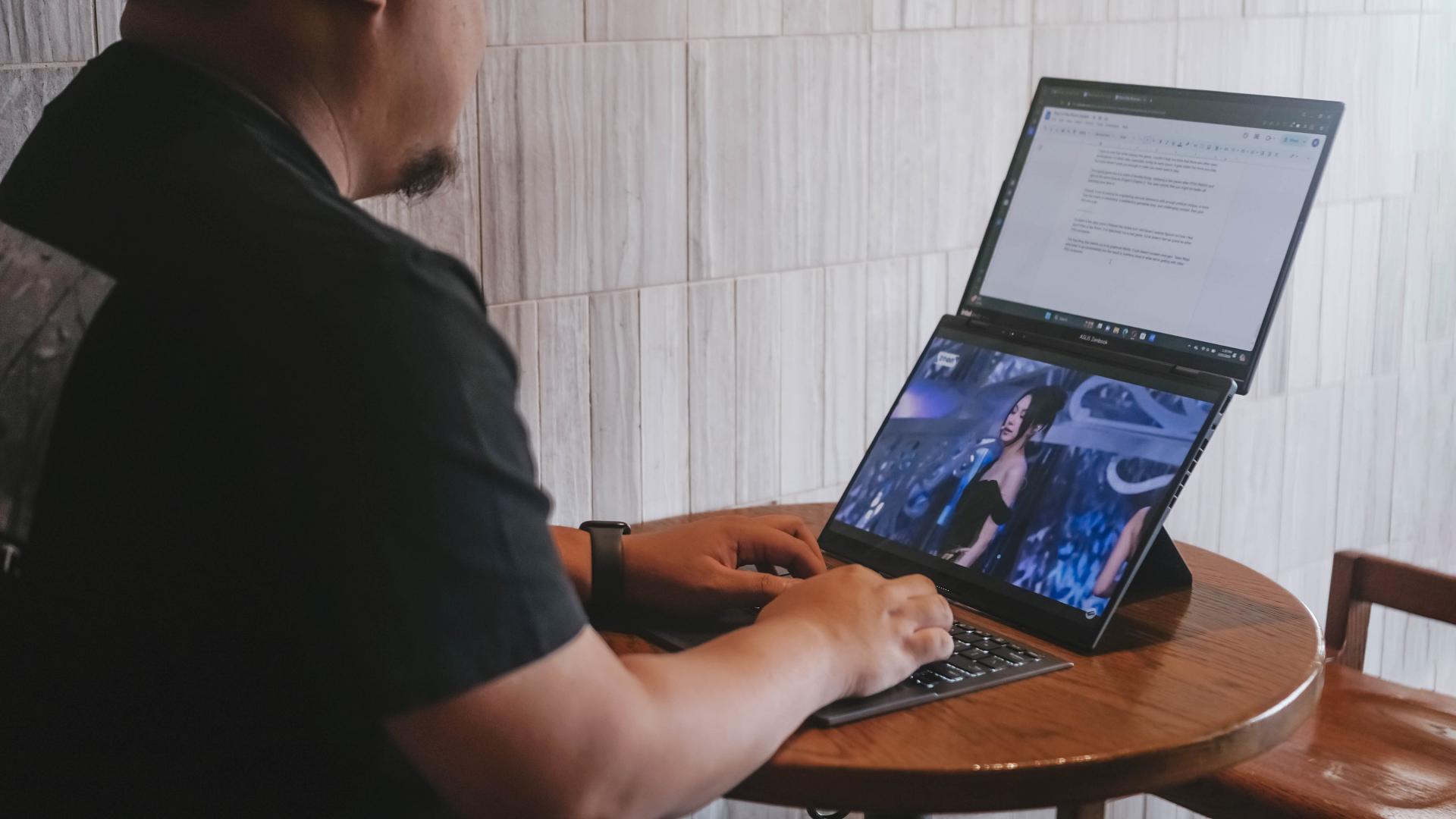
We are fans of what ASUS did with their latest dual screen offering — the ASUS Zenbook DUO 2024. The Zenbook Duo isn’t exactly new. ASUS has been adding extra screens to their laptops whenever they can — but never quite like this.
You see, ASUS managed to put a literal second display but still make it compact enough to fit most bags with provision for 14-inch laptops. As cliché as it sounds, the Zenbook DUO 2024 is an engineering marvel.
However, it’s more than just a gimmick. In our review, we noted how the form factor lent to a slight boost in productivity despite us not maximizing the product just yet. With that, let us share with you our favorite things about the ASUS Zenbook DUO 2024.
A unique mode for every scenario
A built-in, sturdy kick-stand unlocks the many possibilities available to the Zenbook DUO 2024. Some of the modes are: Laptop, Dual Screen, Desktop, and Sharing.
Each one lends itself nicely to different work and media consumption scenarios. Don’t feel like showing off? Keep things discreet and save some battery life with laptop mode.
Need two screens? Switch to either Dual Screen or Desktop mode to take advantage of more screen real estate.
Presenting something to someone across the table? Sharing mode lays the laptop flat allowing for easier viewing.
The ability to morph to different modes depending on your needs is astounding. The best thing is that it is both functional and can serve as an ice breaker.
Oh and we’ll never tire of sharing how the Desktop mode is perfect for watching two K-Pop fancams at the same time.
Screen Xpert for the dual displays
This form factor won’t work without the right software support backing it. To that end, ASUS made Screen Xpert. What it does is essentially let you adjust the layout of the apps according to your needs.
You can have up to four (4) apps live viewed at the same time. For our part, we usually only divided the screen to two, using one to reference a review guide or press release while writing news articles and/or reviews.
But if you’re monitoring certain things, this will be pretty helpful having multiple windows laid out right away to get a quick overview of things is a godsend.
The best thing is that a lot of these functions work intuitively. There’s a single button you can press to easily switch what’s displayed on the two screens.
If you want more granular control, you can have the Screen Xpert floating bar ready at your disposal. Here you can control the brightness level of each screen individually. You also have the ability to change the orientation of each screen to your liking.
There are also App Switcher and App Navigator functions to give you a better, more seamless way to layout the apps you use so that it’s most efficient for your needs.
AI, Copilot, and more
Something we didn’t mention much in the review is how the laptop is built with the AI age in mind. Powered by Intel Core Ultra 7 155-H, this thing is equipped with an NPU chip to aid in on-device AI tasks.
There’s stuff that happens in the background like making sure the AI-related tasks are processed with the NPU while the main CPU handles the rest. In the simplest terms, the Intel Core Ultra 7 is smart enough to delegate a task to the chip that will best execute it. That results in a more optimized overall performance.
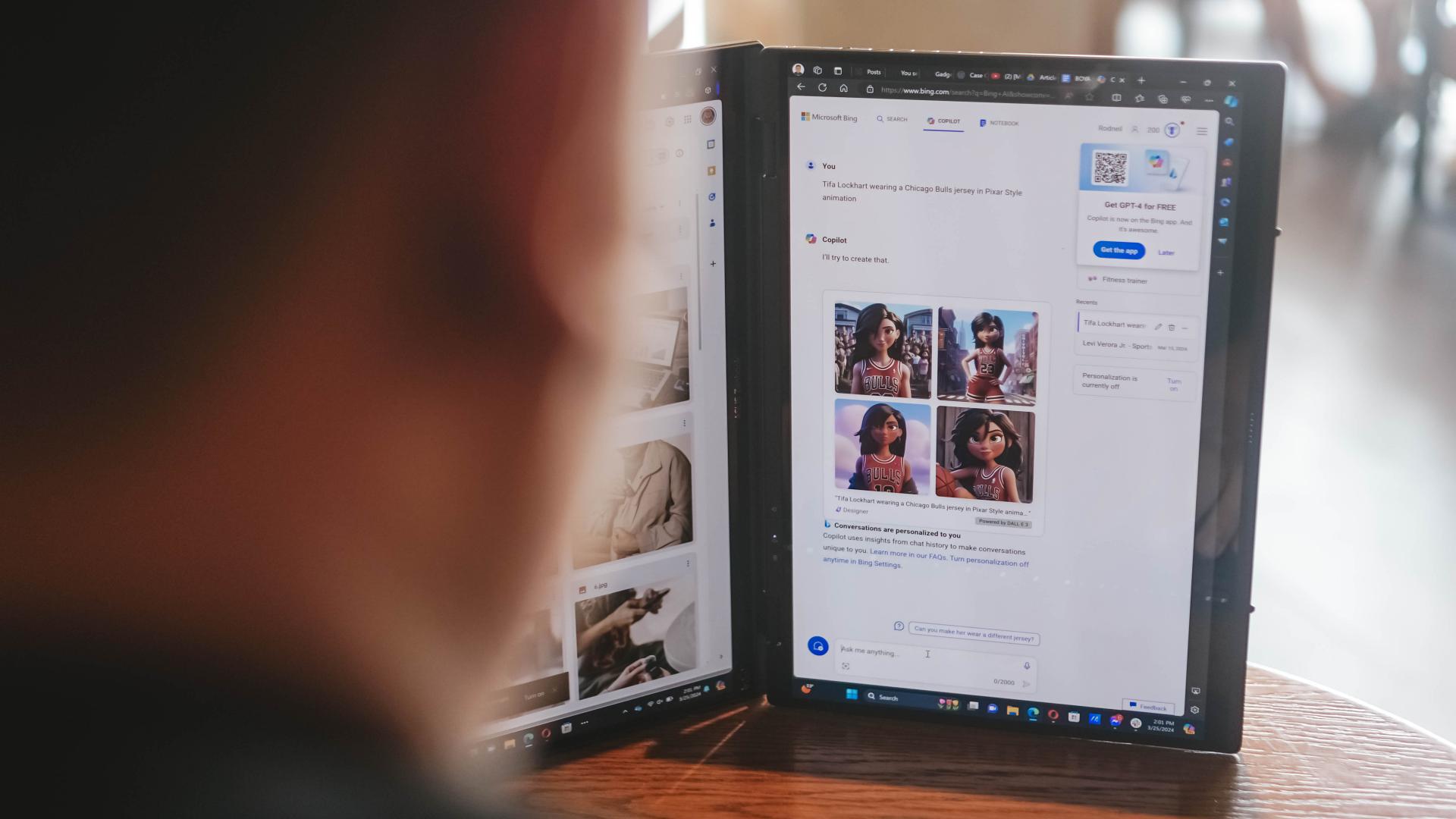
Copilot is one of the biggest AI additions to any Windows machine. The possibilities are close to limitless. For our part, we’ve only really played around with Copilot Designer. But there’s so much more that you can do with it. Just remember to always check the results. Every AI output still needs a human touch.
AI is also present in other functions like noise cancellation and the camera. AI Noise Cancellation makes sure you can hear and be heard no matter what scenario you’re in. It’s perfect for remote workers who do not exactly have control over their immediate surroundings.
Meanwhile, AiSense Camera works not only as a Full HD IR camera. It also automatically detects the lighting levels in your environment and adjusts brightness levels accordingly. You also get functions like auto-framing and background blur. Lastly, there’s the slightly creepy Eye Contact feature that locks your gaze to the camera. It can be a bit disorienting so maybe pick the occasions when you’ll use it.
GlideX
Working beyond this dual screen laptop? ASUS also made sure to equip the Zenbook DUO 2024 with software that makes adding even more screens a no-sweat task.
With GlideX you can easily connect your Zenbook DUO 2024 with smartphones, tablets, or even another PC. Even better, it’ll give you the option to control everything from a single device.
DUO more
For a first-of-its-kind device, the ASUS Zenbook DUO 2024 is pretty darn polished. That’s thanks largely to the company experimenting with dual screens long before releasing this dual screen machine.
The Zenbook DUO 2024 literally lets you do more, providing options for flexibility that will help you optimize your workflow so you can finish your tasks more efficiently. This is more than just a gimmick device, it’s actually helpful and that’s because ASUS took the time to fit it with the proper software support.
More on the ASUS Zenbook DUO 2024 here.
This feature is a collaboration between GadgetMatch and ASUS Philippines.
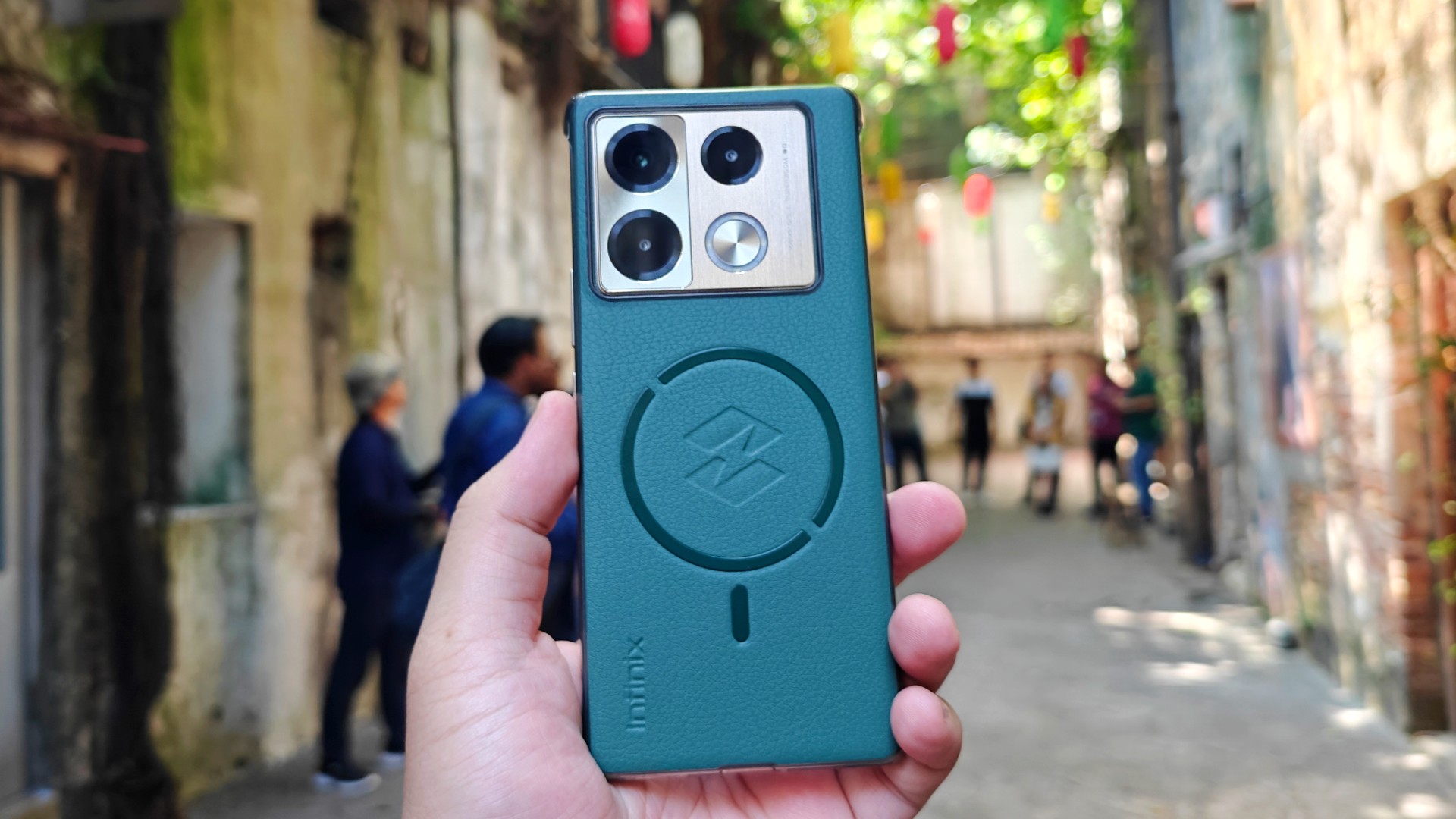
The Infinix Note 40 Pro+ 5G prides itself in its charging technologies. But what about its camera capabilities? Well, here’s a quick round-up of the many photos we took around the time the Note 40 series was launched in Kuala Lumpur Malaysia.
The NOTE 40 Series features a 108MP main shooter with 3x Lossless Superzoom. It also has OIS for steadier shots when taking videos.
The edits applied to the photos here only some resizing and cropping to make the page easier to load. Take a look at all these sample shots
Infinix Note 40 Pro series launch day
Kwai Chai Hong/ ‘Little Ghost Lane’
Petaling Street (Chinatown)
In and around Central Market
Bank Negara Malaysia Museum and Art Gallery
Istana Negara entrance
Merdeka Square
Malaysian Bak Kut Teh and more
Petronas Twin Towers at night
Steady shooter
The Infinix Note 40 Pro+ 5G isn’t a stellar shooter. But at its price point, it’s pretty darn decent for capturing different scenarios. Take these photos into some editing software and you can certainly elevate their look.
The NOTE 40 Pro+ 5G is priced at PhP 13,999. It may be purchased through Infinix’s Lazada, Shopee, and TikTok Shop platforms, where customers can get up to PhP 2,000 off. Additionally, the first 100 buyers can get an S1 smartwatch or XE23 earphones. Alternatively, customers may opt for the Shopee-exclusive NOTE 40 Pro (4G variant) for PhP 10,999.
-

 Reviews7 days ago
Reviews7 days agorealme 12 5G review: It was enchanting to meet you
-

 Buyer's Guide2 weeks ago
Buyer's Guide2 weeks ago2024 Samsung TV: Buyer’s Guide
-

 Reviews2 weeks ago
Reviews2 weeks agoJBL Soundgear Sense review: Make every run magical
-

 Reviews3 days ago
Reviews3 days agoOnePlus 12R review: Making sense of OnePlus’ latest flagship
-

 Reviews2 weeks ago
Reviews2 weeks agoChallengers review: A thrilling drama wrapped as a tennis anime
-
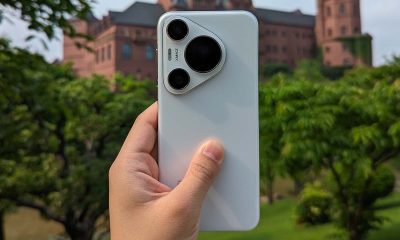
 Smartphones2 days ago
Smartphones2 days agoHuawei Pura 70 Pro Unboxing and First Impressions
-
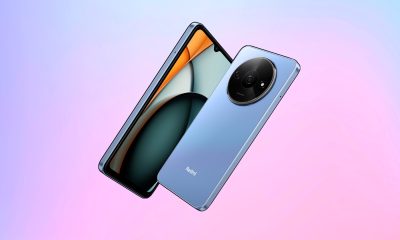
 News1 week ago
News1 week agoXiaomi Redmi A3 Philippine pricing, availability
-
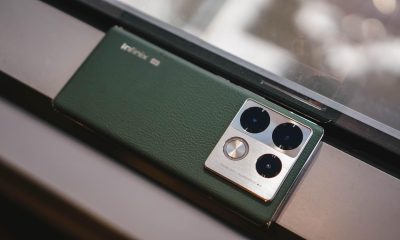
 Smartphones1 week ago
Smartphones1 week agoInfinix NOTE 40 Pro+ 5G: Philippine pricing, availability



